Life and times: the Barbican celebrates the world of Charles and Ray Eames
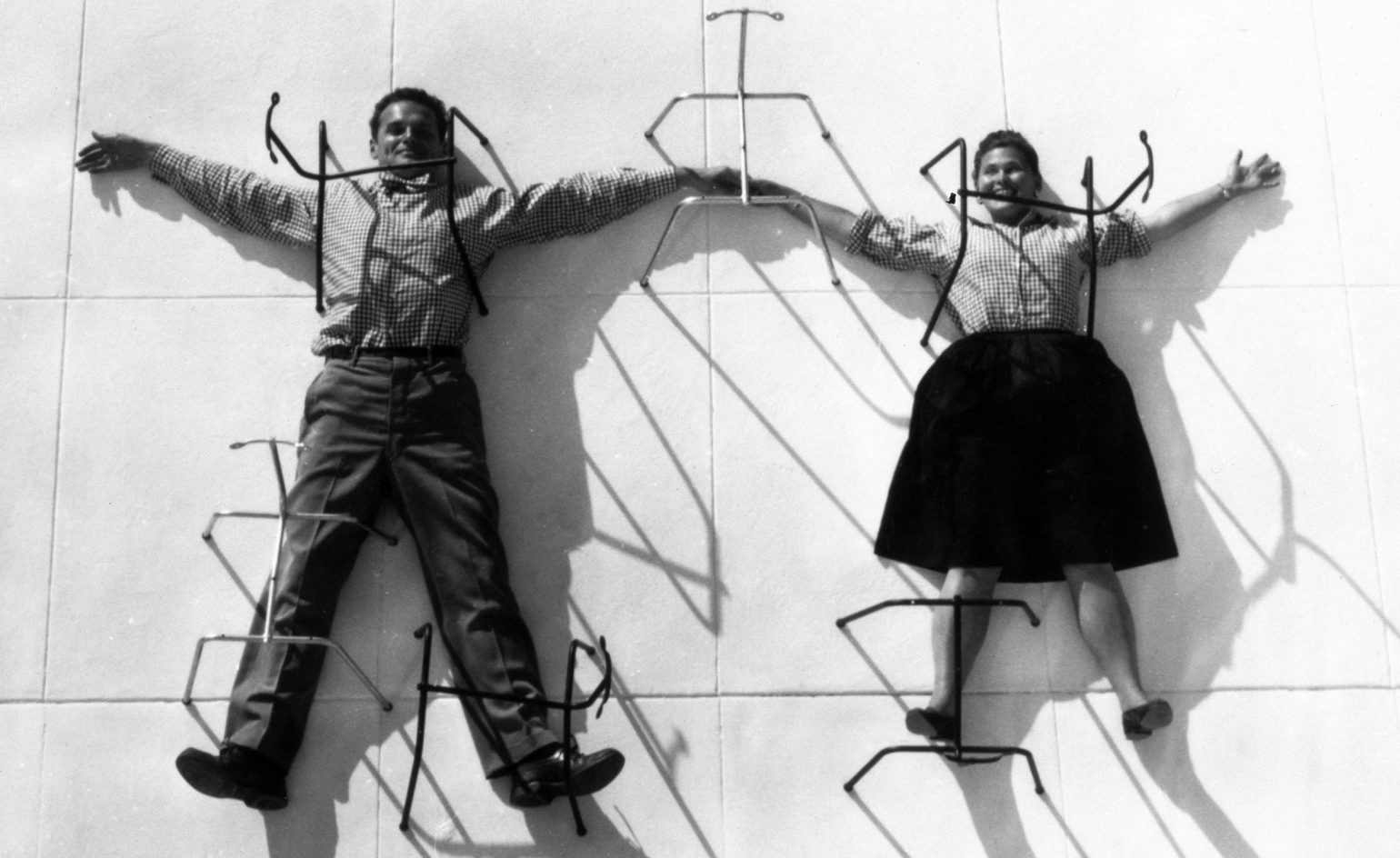
Opening this week, the Barbican presents a new exhibition celebrating the life and work of American designers Charles and Ray Eames. It is the first time in 15 years that a retrospective of the Eames’ work has been shown in London (following the Design Museum’s 1999 show, ’The Work of Charles and Ray Eames’).
Opening this week, the Barbican presents a new exhibition celebrating the life and work of American designers Charles and Ray Eames. Aptly titled ‘The World of Charles and Ray Eames’, the exhibition touches upon every aspect of the duo’s vast oeuvre, from their first plywood experiments to less well-known films and graphic design. A plethora of letters, photographs, found objects and creative experiments punctuate the show, offering a precious – and often poetic – insight into their universe. The exhibition serves as a panorama of the pair’s careers, and a testimony to their office’s work, spanning architecture, furniture and product design to abstract painting, film, sculpture, multi-media installations and educational models.
‘The Eames office was an intensely interesting and busy practice that used any tool to communicate ideas and subjects of interest to them,’ explains Catherine Ince, who curated the exhibition, working in close collaboration with the Eames’ grandchildren, as well as several international art and design institutions and with the support of Vitra. ‘We have tried to really explore and highlight the types of projects that they undertook in their 45 years of operation.’ It’s not an exhaustive summary of their work, she points out, but rather an exploration of concepts that continue to resonate in the design world today. It offers visitors a ‘consciously rough sketch’ of their production, ideas and life, she notes.
Designed by 6a architects and graphic designer John Morgan (who also worked on an accompanying book, published by Thames & Hudson), the exhibition is arranged like a labyrinth of curiosities – a rapid succession of iconic furniture, architectural models and sketches, sculptures, prototypes, notes and photographs that document the projects and afford an intimate view of the pair as people.
Two elements central to the Eames office and the exhibition are their exploration of material processes – often, and famously, centered around plywood – and their focus on visual communication, from photography and painting through a selection of thought-provoking films still relevant today. ‘They used the different media at their disposal to communicate poetic, non-narrative ideas,’ says Ince, referencing their interest in technology, science and economics, all fields which the duo explored in various ways through their work.
The exhibition opens with a large-scale plywood sculpture (on loan from MoMa), part of an experimental plywood glider plane from 1943, and a video presenting their office, which Charles Eames produced for a lecture at the Royal Institute of British Architects in London. ‘My grandfather Charles came to speak at the RIBA and they asked him to bring some footage of the 901 office,’ explains the Eames' grandson Eames Demetrios. ‘But he had this expression that he learned in the movie business (Eames was a close friend and collaborator of director Billy Wilder), which was ‘the blood will never show’ – so he didn’t really want to show behind the scenes. But he said yes. So he did bring a film of the Eames office, but he shot it through a kaleidoscope, maintaining the privacy and at the same time effectively delivering a tour of their office.’
Other important artifacts on display include a replica of a 1950s 'Musical Tower', a 15 ft vertical xylophone played with a marble ball running through it and reproducing a specially composed 1965 Elmer Bernstein score. (‘There were two of those towers, and us grandchildren could usually get about 40 marbles going at once, which you can imagine did not lead to much productivity at the Eames office,’ recalls Demetrios.)
A central section of the exhibition is dedicated to a reproduction of Think, one of the Eames’ most important projects, made for the IBM Pavilion at the New York’s World Fair in 1964–65. ‘It’s a fine example of what the Eameses did best,’ says Ince, ‘using every day scenarios to communicate complex ideas about the potential of technology.’ The original presentation was shown on 15 screens (here reduced to seven), and featured a combination of moving images, slides, lights and colours, narrated by Charles Eames himself with music by Bernstein. The content of the presentation was dedicated to problem-solving, focusing on the different approaches taken by the human brain and the computer.
The entire exhibition gives a sense of discovery, enhanced by the mix of whimsical and professional elements, forming a lucid analysis of the visual phenomena that shaped post-war visual culture. The rich and complex history displayed here is a brilliant design lesson, one that gives a wider meaning to the term.
On unveiling the exhibition, Ince quoted the late Labour politician Tony Benn, a great friend of the Eameses; in a speech delivered at the London American Embassy shortly after Charles passed away, he noted how the architect’s analysis and use of technology was an important instrument for history. ‘He introduced us,' he said, 'to the tools of our generation.’
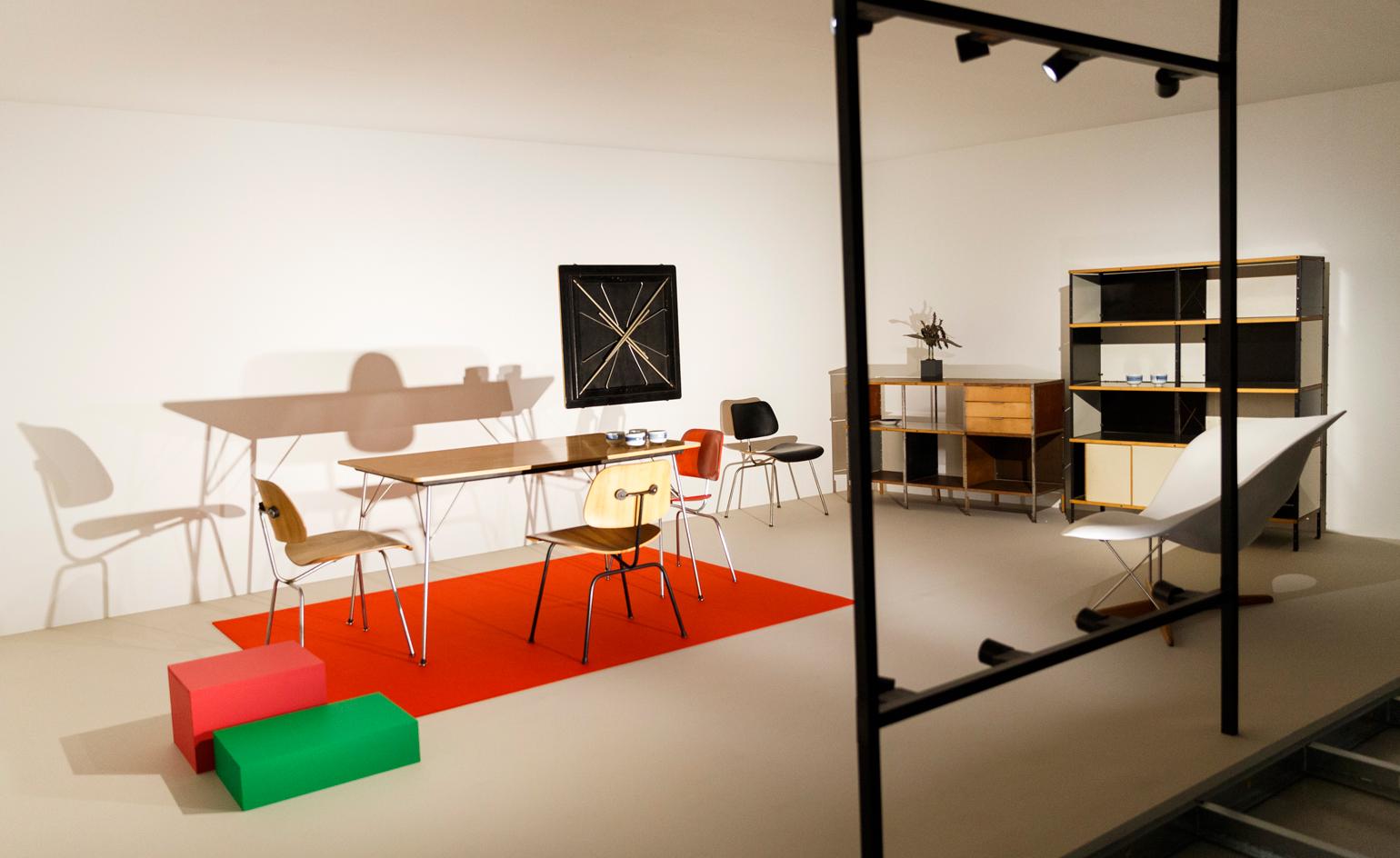
Pictured: A 1949 collage is brought to life with some of the duo’s furniture works (Barbican installation shot).
Aptly titled ‘The World of Charles and Ray Eames’, the exhibition touches upon every aspect of the duo’s vast production, from the first plywood experiments to less well-known films and graphic design. A collection of letters, photographs, found objects and creative experiments punctuates the show, offering a precious and often poetic further insight into their universe.
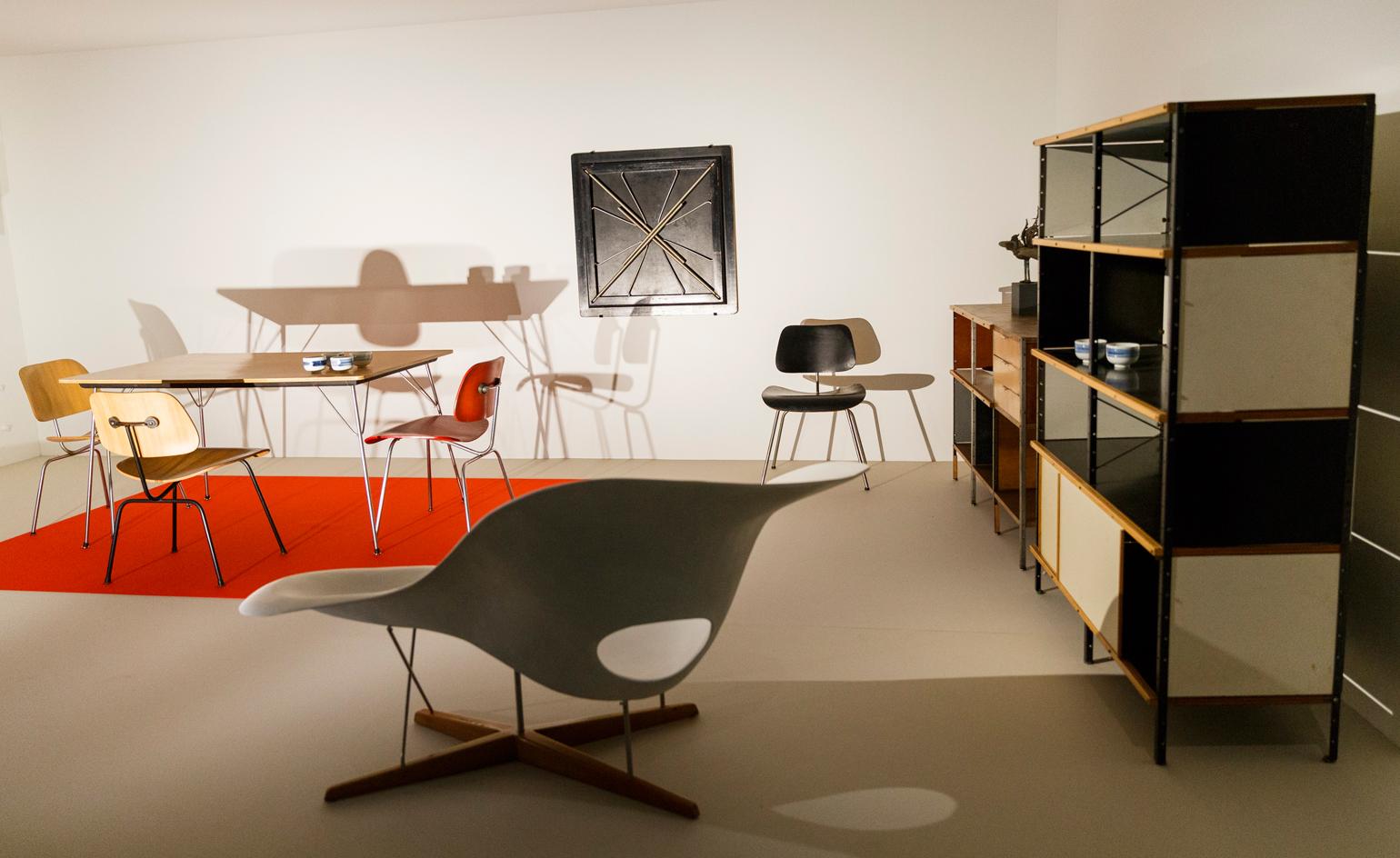
Installation shot, featuring the Eameses’ ’La Chaise’ in the foreground.
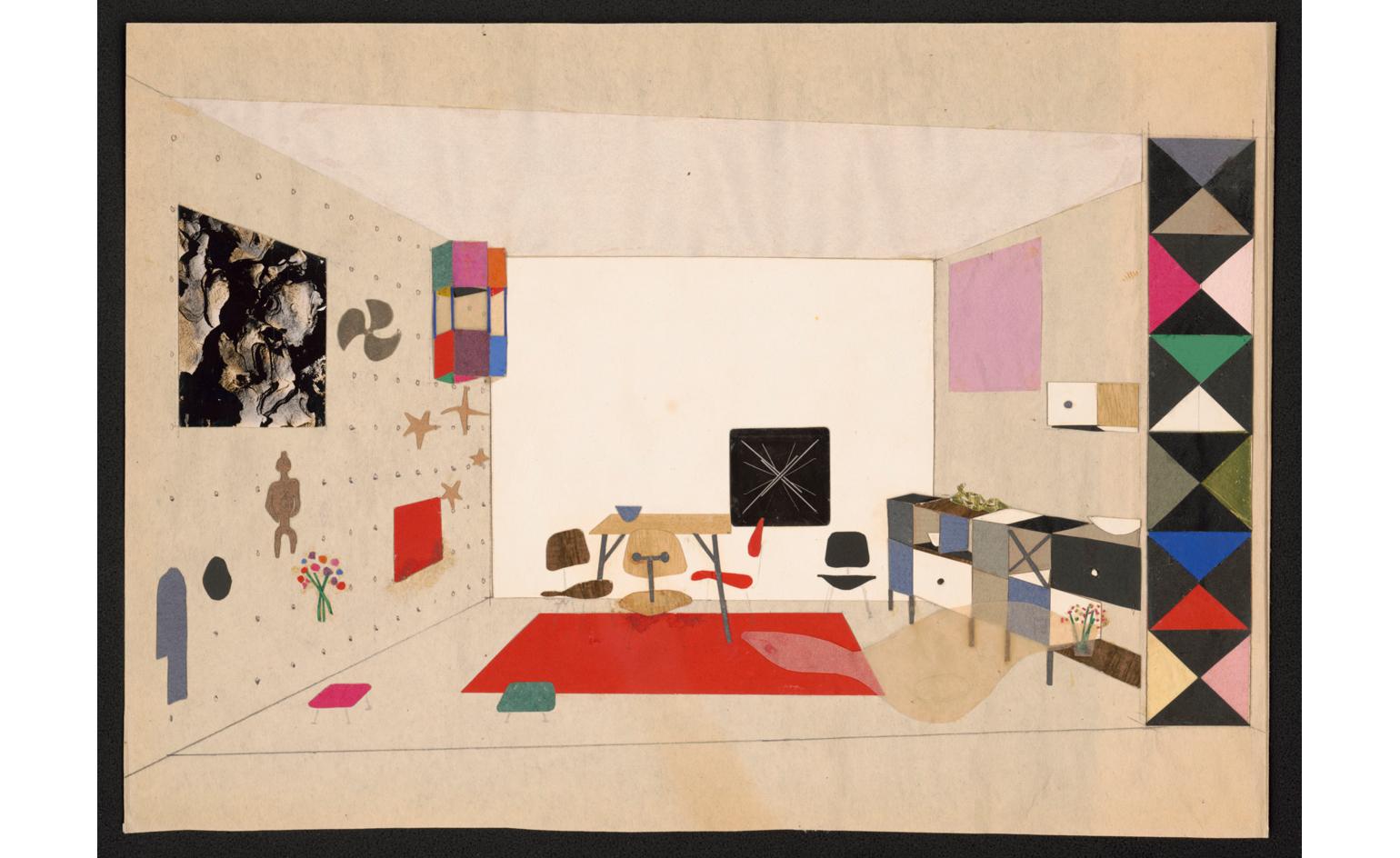
Collage of a room display for ’An Exhibition for Modern Living’, 1949, recreated at the Barbican show.
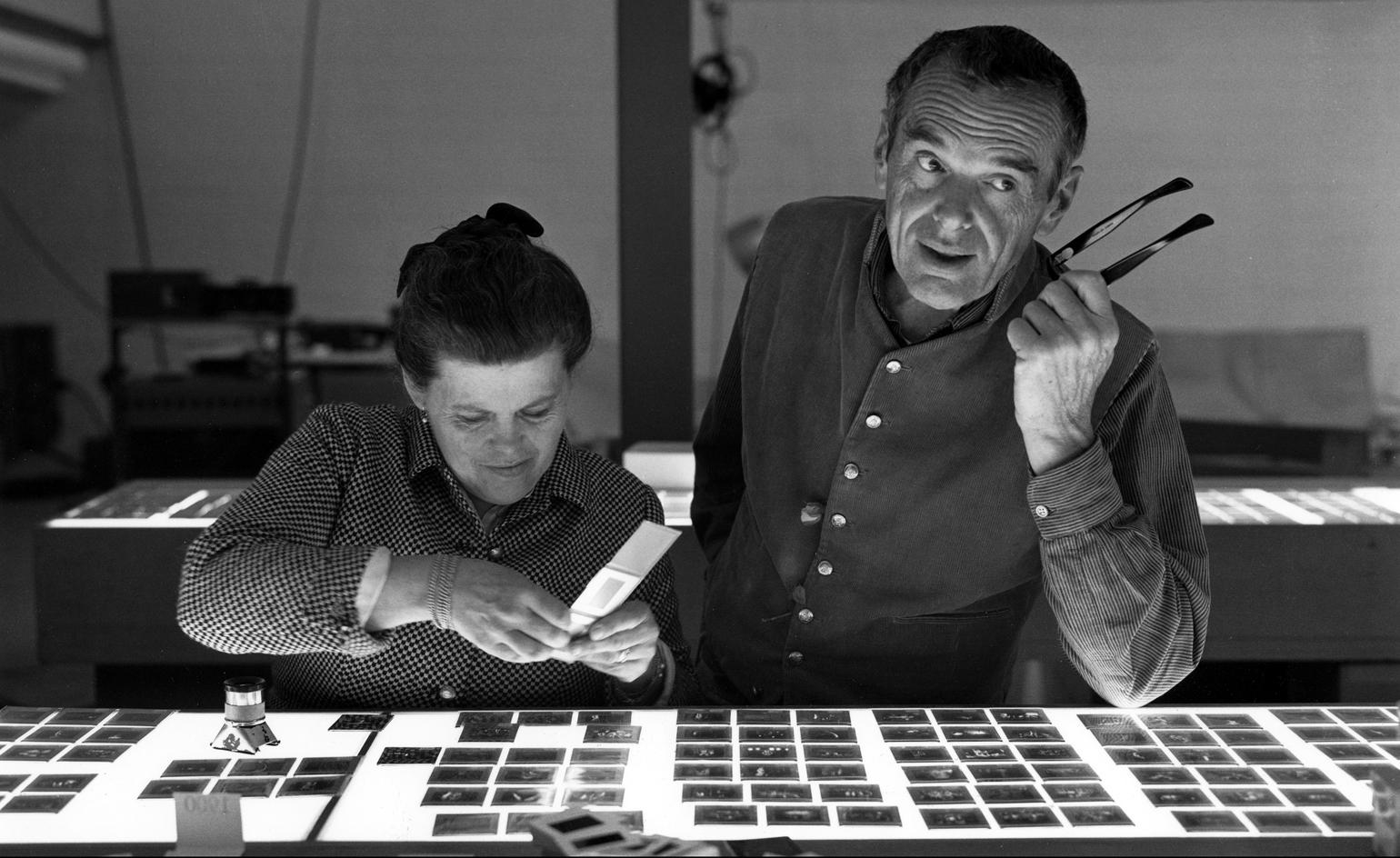
Ray and Charles Eames selecting slides.
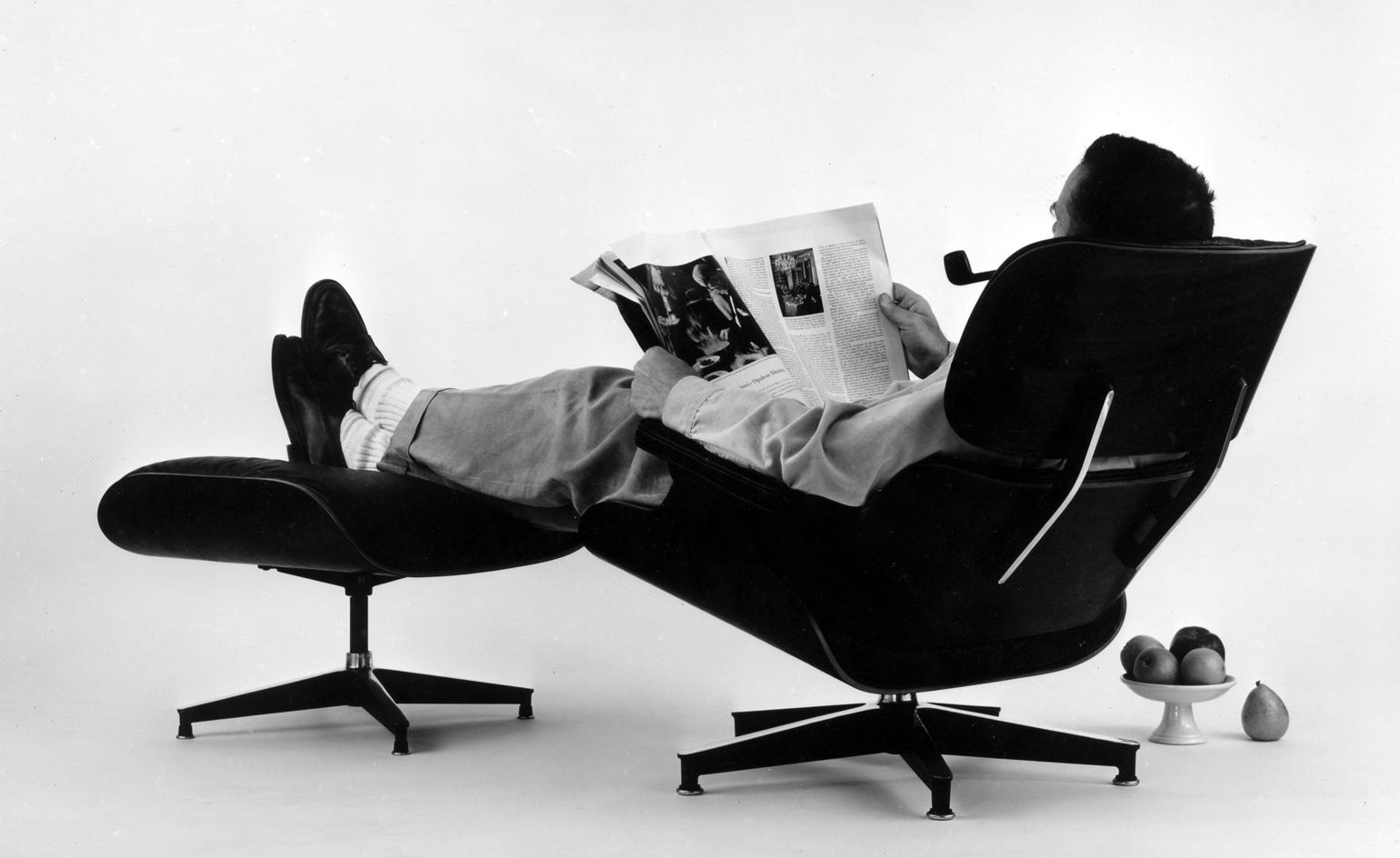
Charles Eames reclining on the plywood ’Ottoman’ and ’Lounge’ (for a 1956 advertisement photograph).
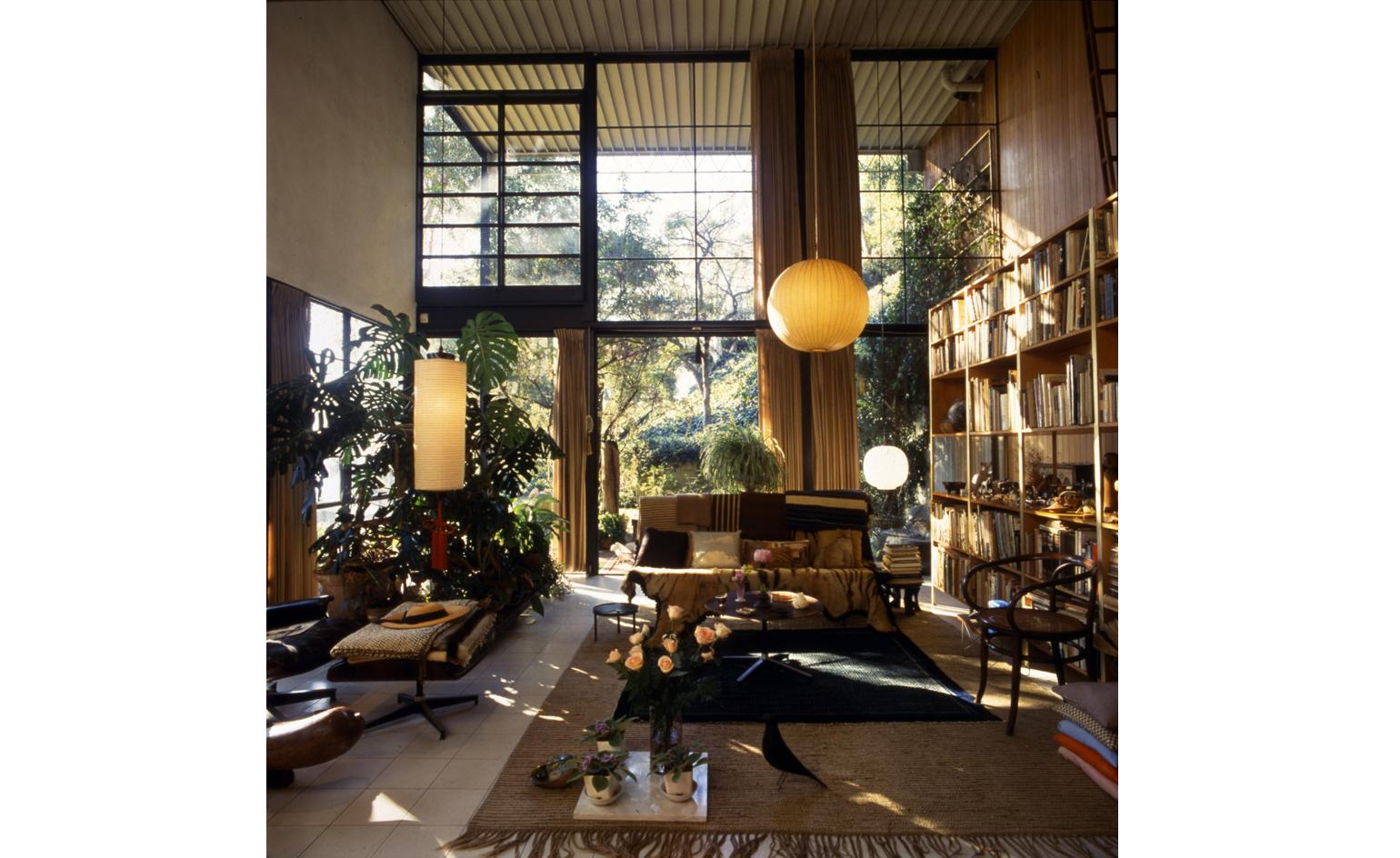
The living room of the Case Study House No. 8 in Santa Monica, California, which the couple designed and lived in. Pictured: the house's living room.
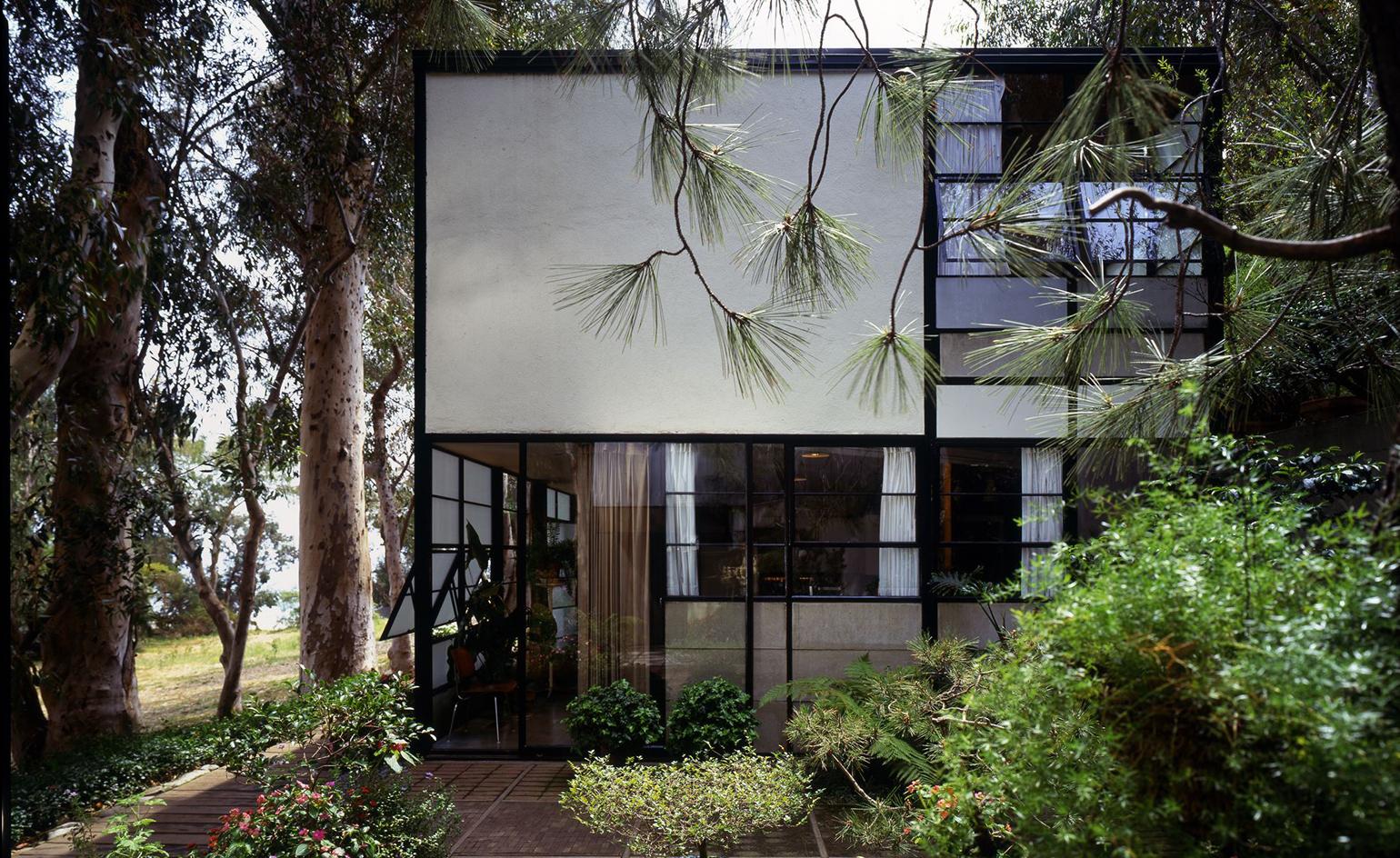
The house’s courtyard.
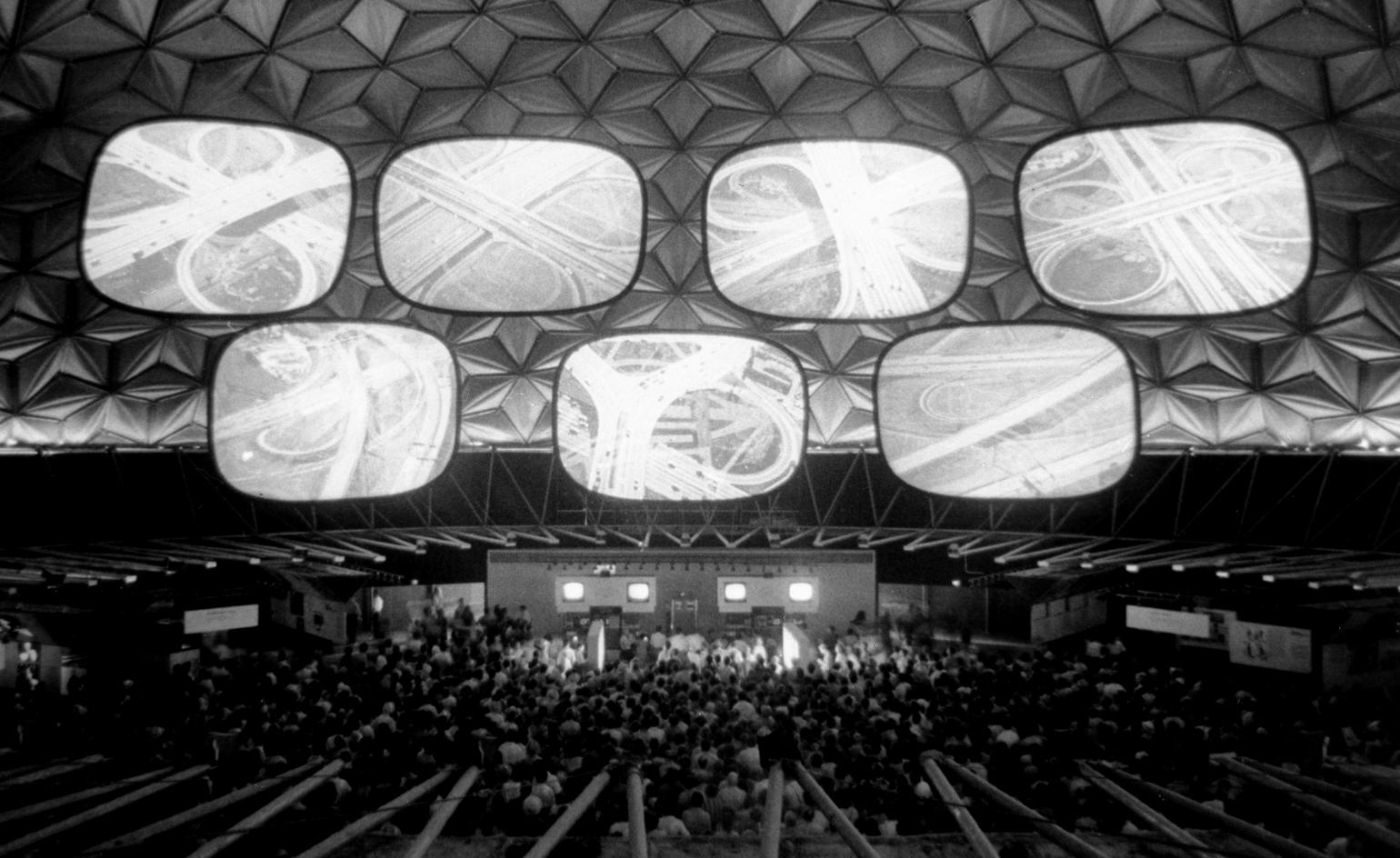
Pictured: an archive image of their Glimpses of the USA installation, shown at the American National Exhibition in Moscow in 1959.
The exhibition serves as a panorama of the pair’s careers, and a testimony to their office’s work, spanning architecture, furniture and product design to abstract painting, film, sculpture, multi-media installations and educational models.
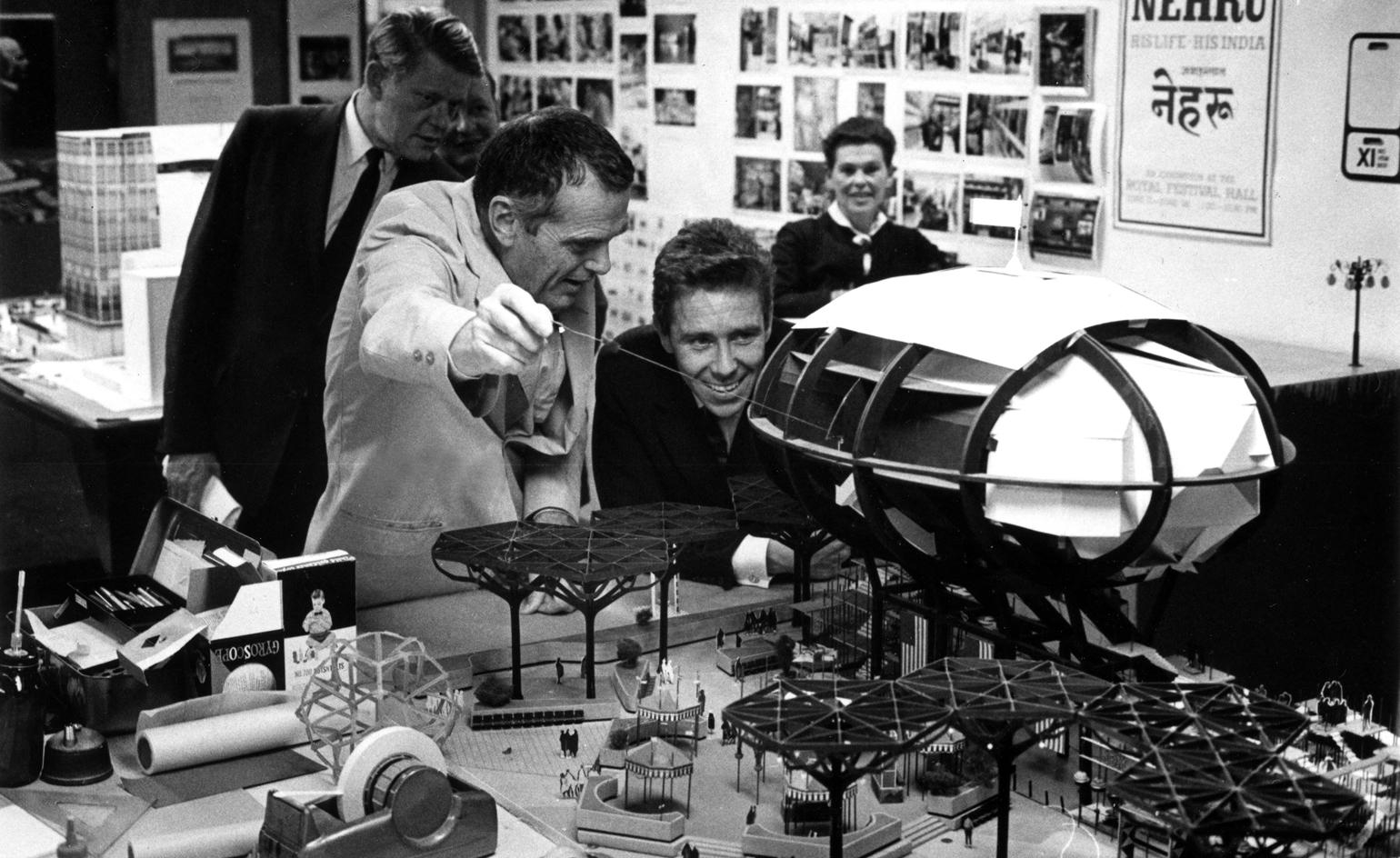
Pictured: Charles Eames shows English photographer and filmmaker Antony Armstrong-Jones a model of the Pavilion.
A central section of the exhibition is dedicated to a reproduction of Think, one of the Eameses’ most important projects, made for the IBM Pavilion at the New York’s World Fair in 1964–65.
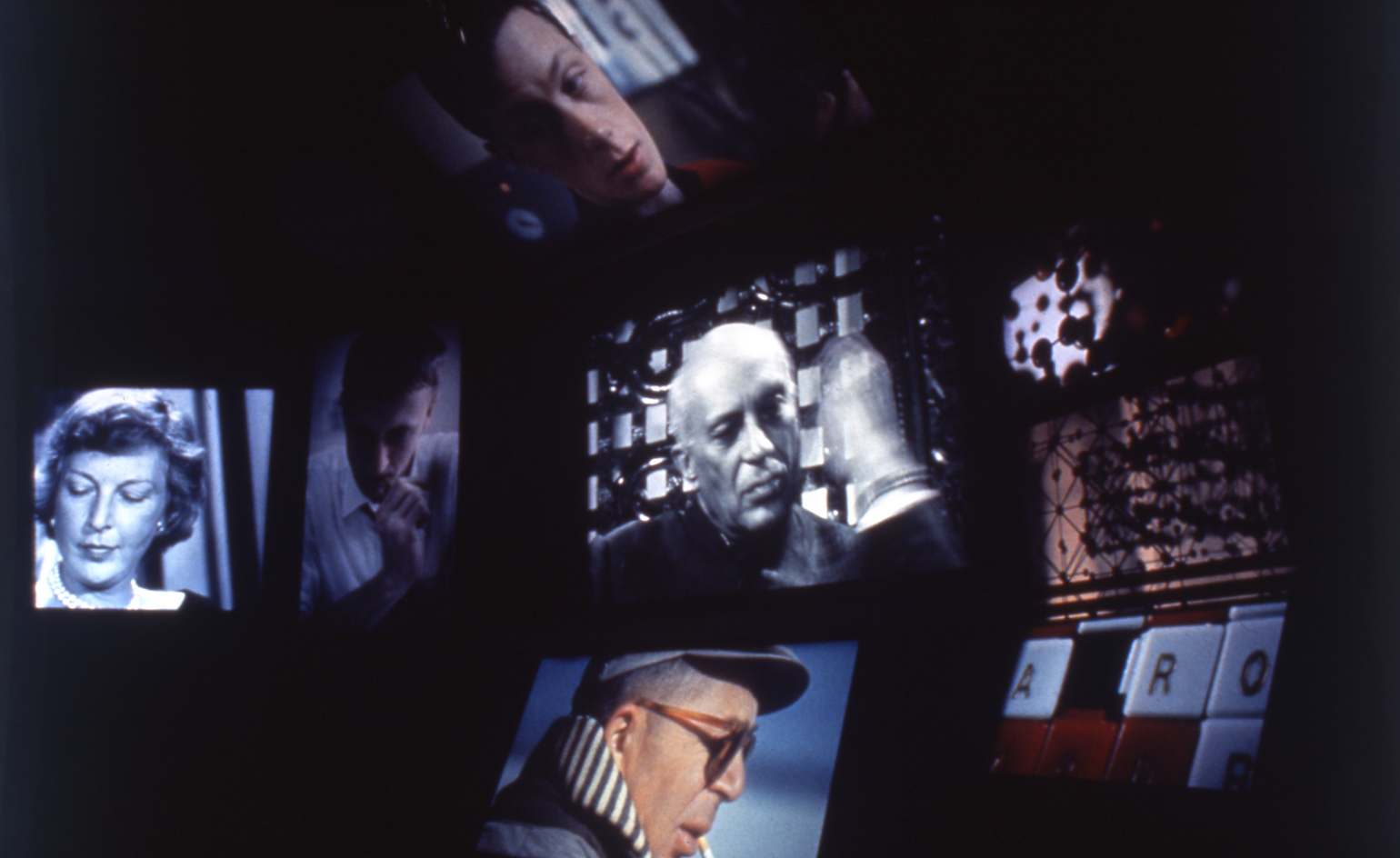
‘Think is a fine example of what the Eames did best,’ says Barbican show curator Catherine Ince, ‘using every day scenarios to communicate complex ideas about the potential of technology.’
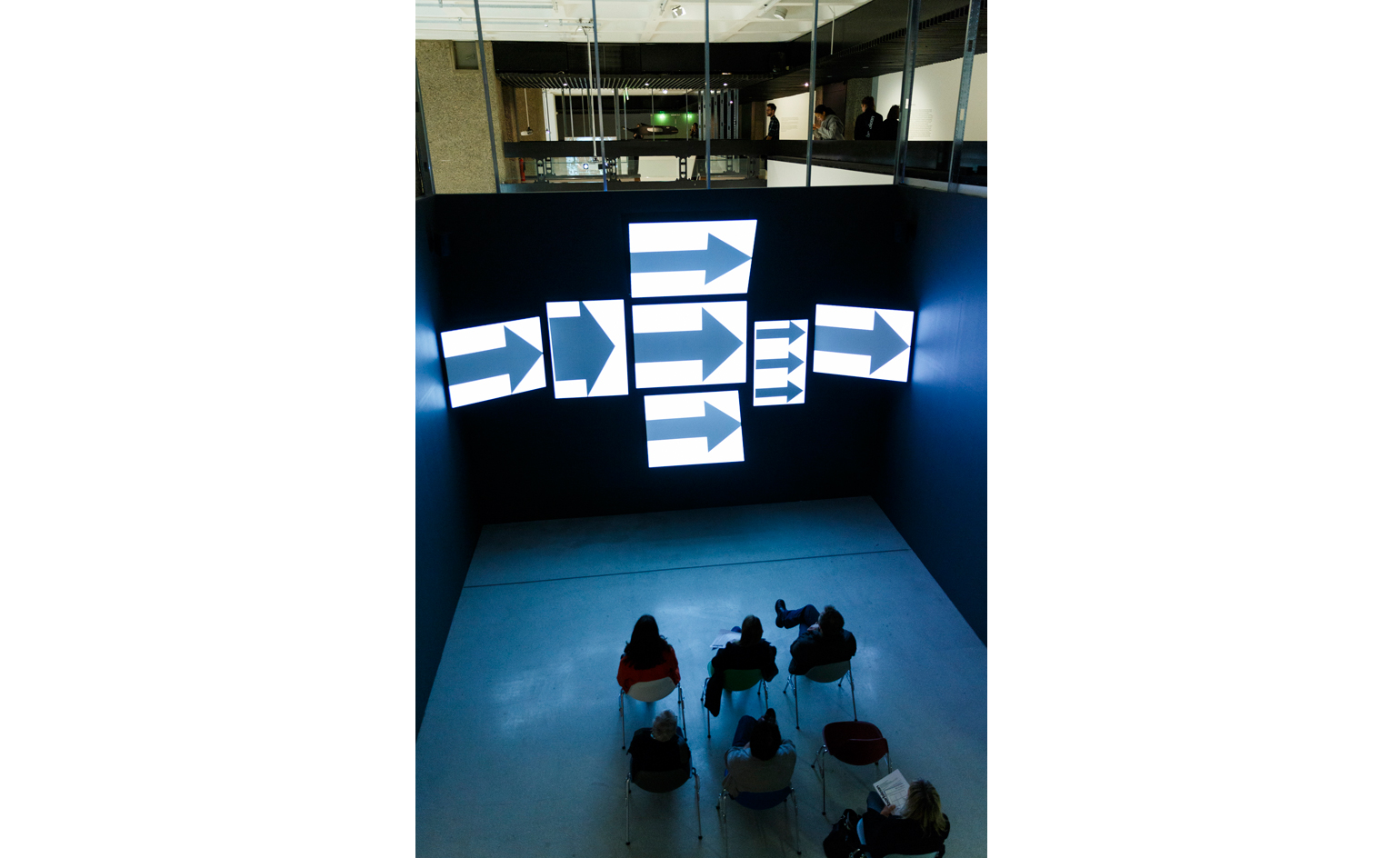
The original presentation was shown on 15 screens (at the Barbican it has been reduced to seven), and featured a combination of moving images, slides lights and colours, narrated by Charles Eames himself with music by Elmer Bernstein. The content of the presentation was dedicated to problem-solving, focusing on the different approaches taken by the human brain and the computer.
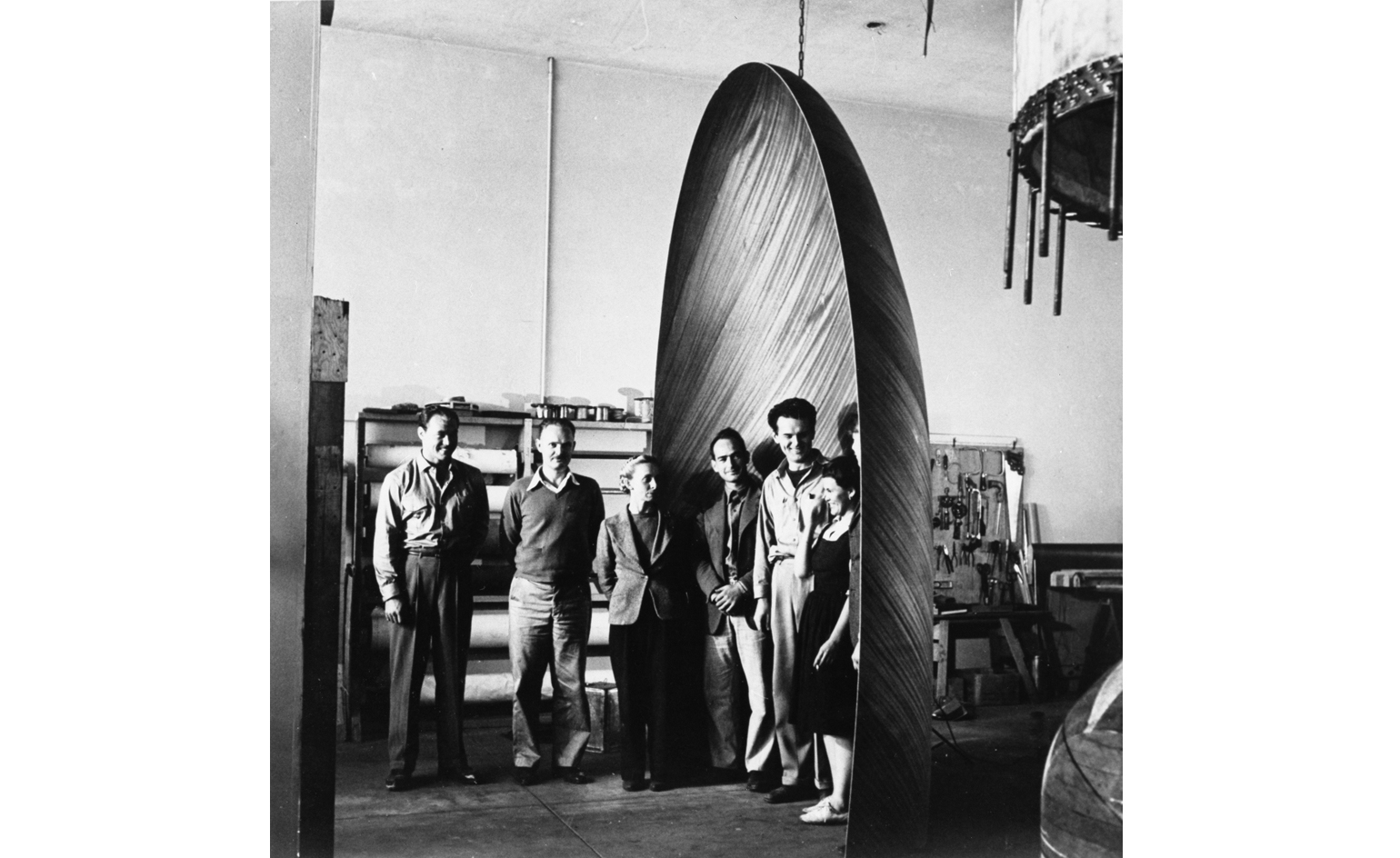
Pictured: staff of Evans Products Molded Plywood Division pose with the plywood blister during manufacture.
The exhibition opens with a large-scale plywood sculpture (on loan from MoMa), part of an experimental plywood glider plane from 1943.
Wallpaper* Newsletter
Receive our daily digest of inspiration, escapism and design stories from around the world direct to your inbox.

A still from the couple’s first film, Traveling Boy, 1950.
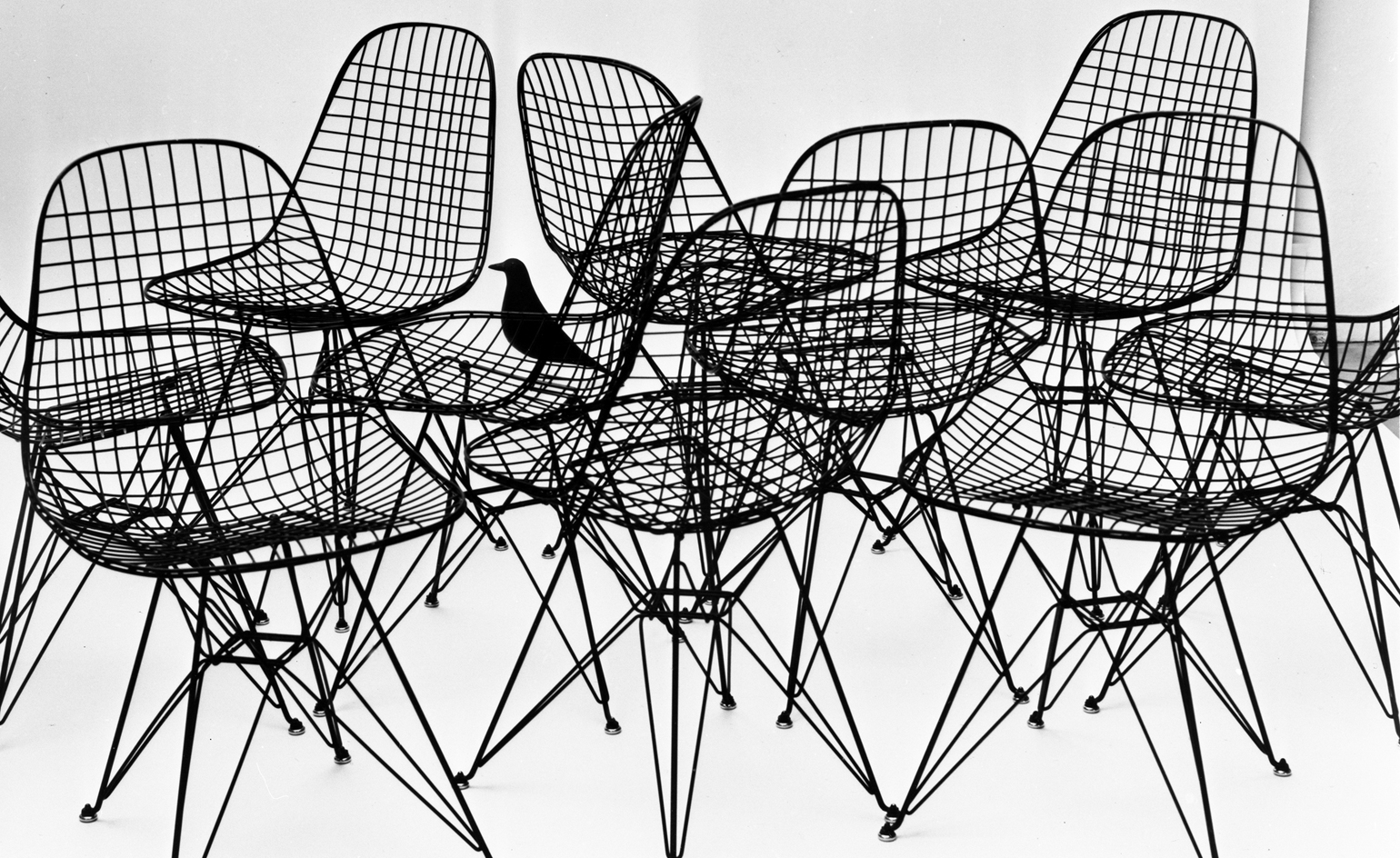
A photograph by Charles Eames of their iconic 'Wire Chairs' (with bird).

An archive photograph of the Eames’ plywood elephant. The pair had a strong sense of play in their work, which manifested itself in their children’s furniture as well as projects dedicated to a broader audience.

’Stacking Chairs’, 1957.
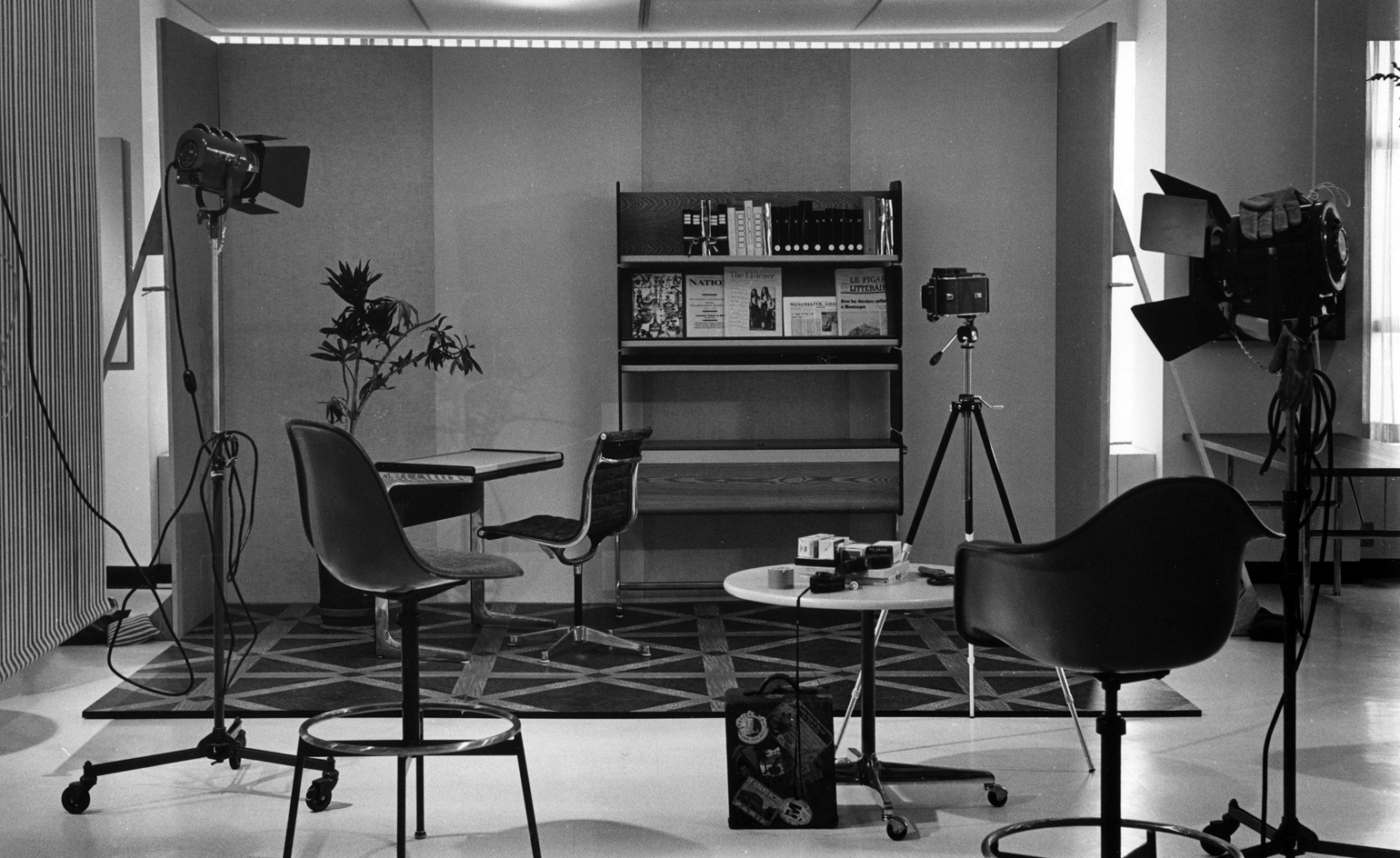
Set for a photoshoot for Aluminium Group furniture.
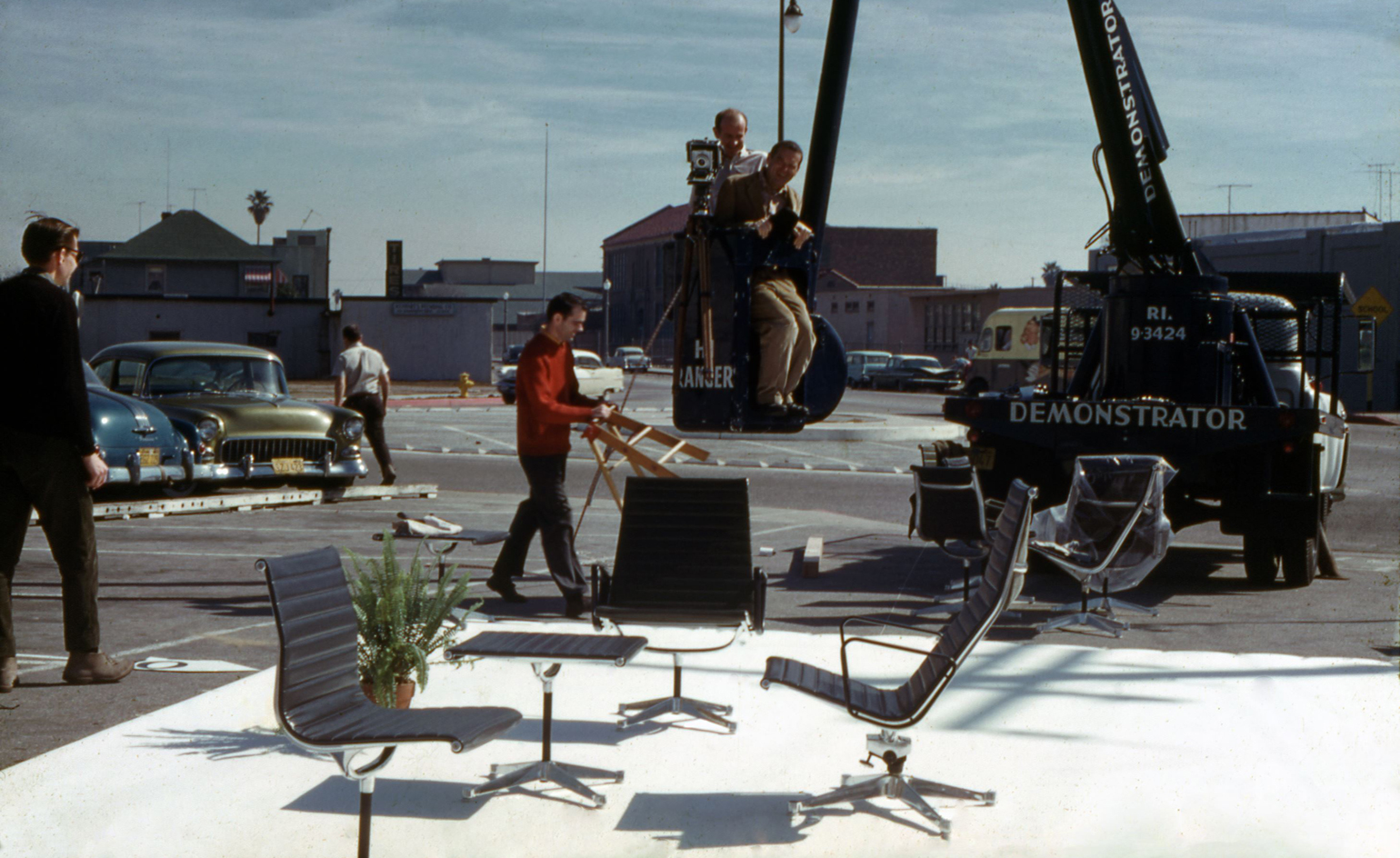
Set for a photoshoot for Aluminium Group furniture.

Artwork from Powers of Ten: A Film Dealing with the Relative Size of Things in the Universe and the Effect of Adding Another Zero, 1977.
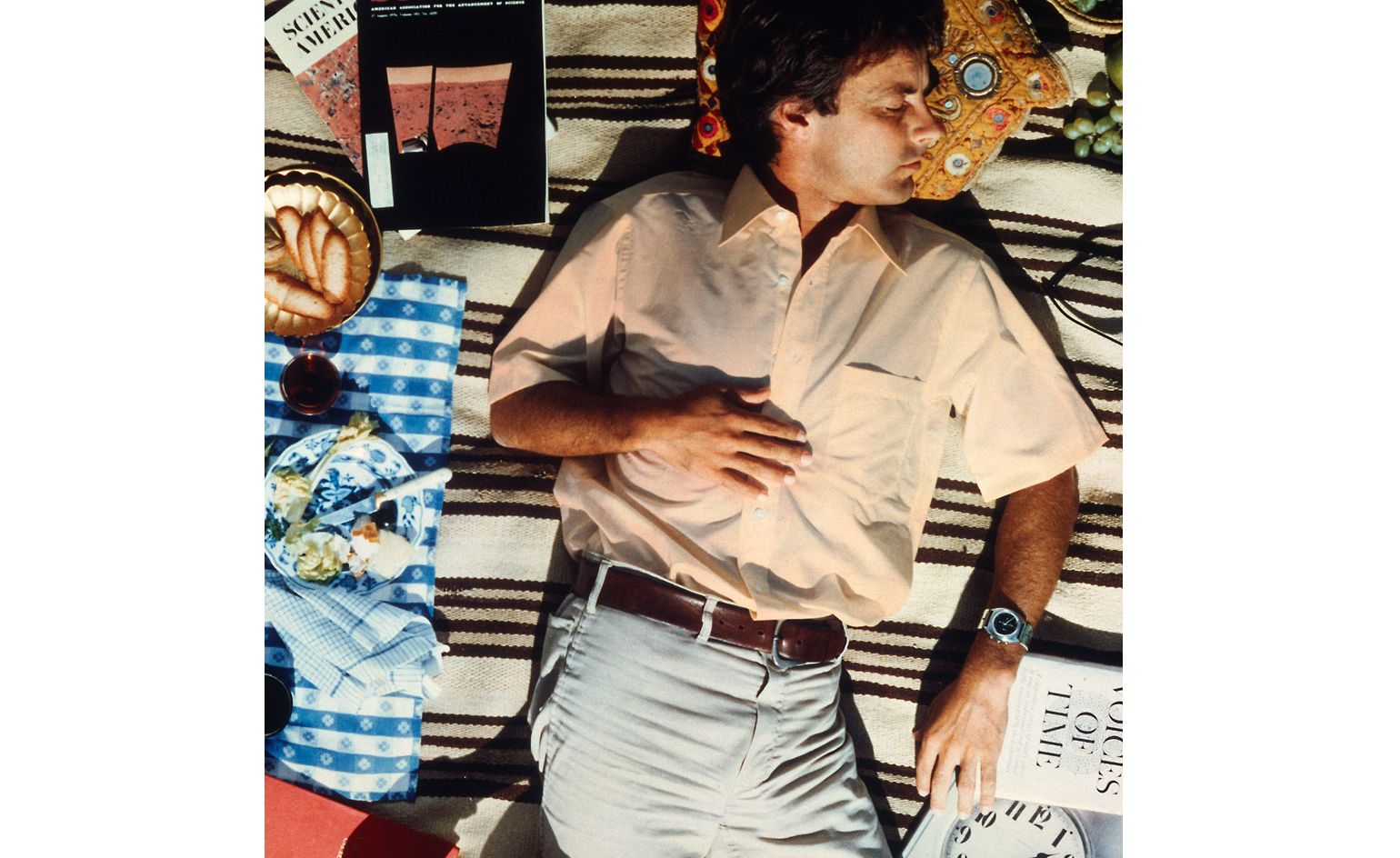
Powers of Ten uses film, photography and scientifical data to link macrocosm to microcosm in a way that was (relatively) relatable.
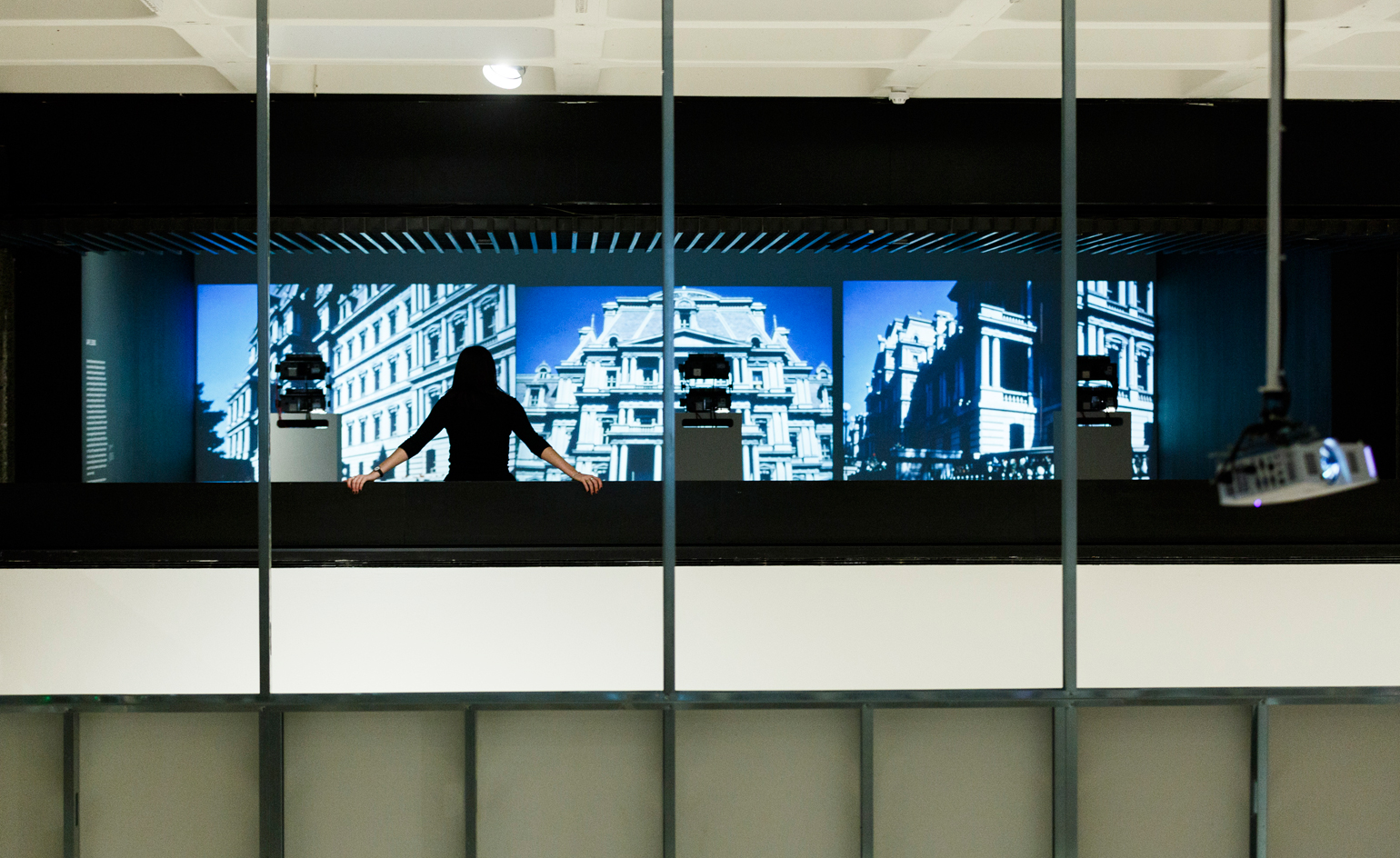
On the upper floor of the Barbican exhibition, frames from the designers’ films and photographs are shown as tryptychs.
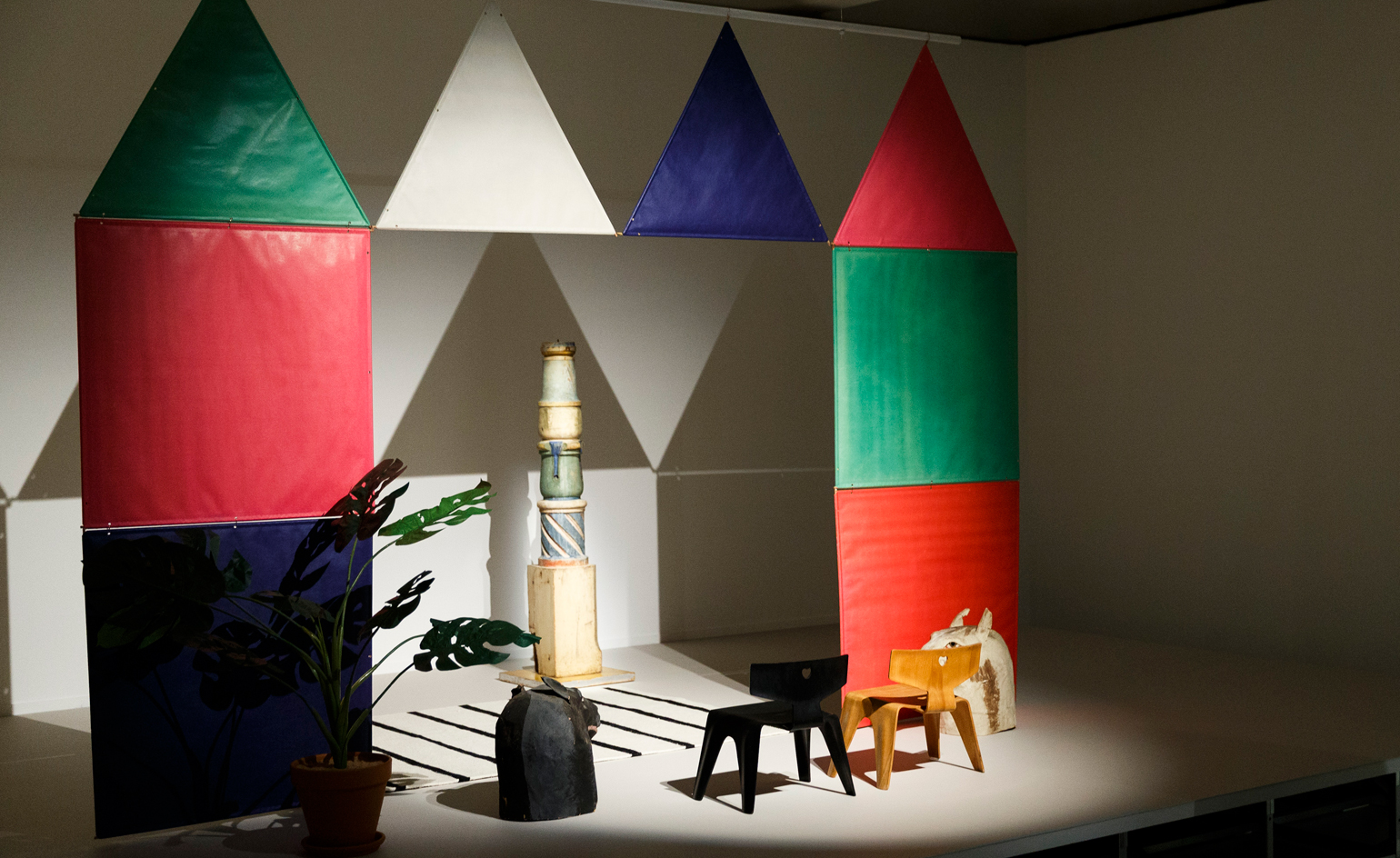
Another fascinating reproduction in the exhibition is this tableau of 'The Toy' and plywood children's furniture set up in the Eames Office.
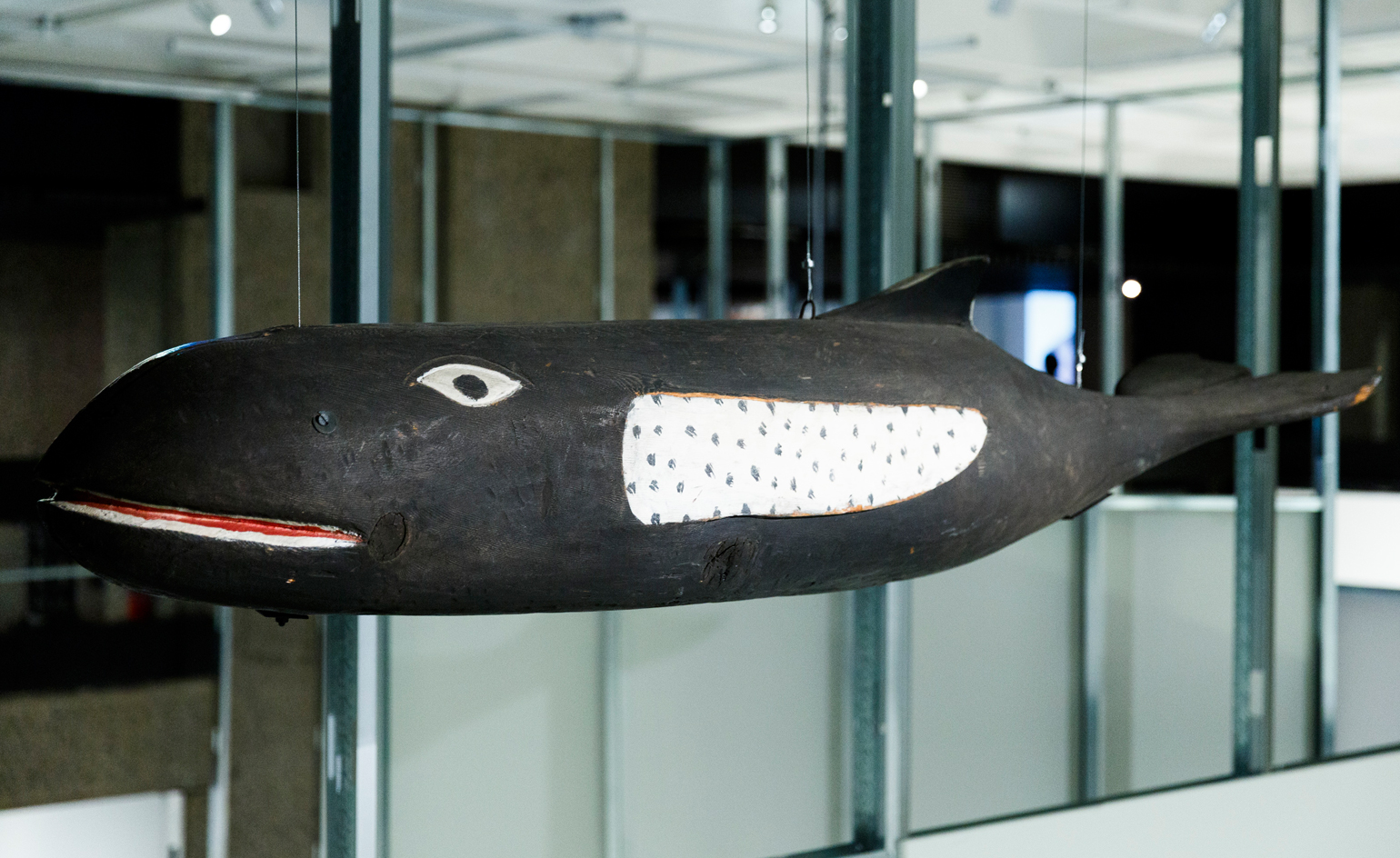
Hanging above the art gallery’s staircase is a wooden whale, which the designers kept in their studio throughout the years.
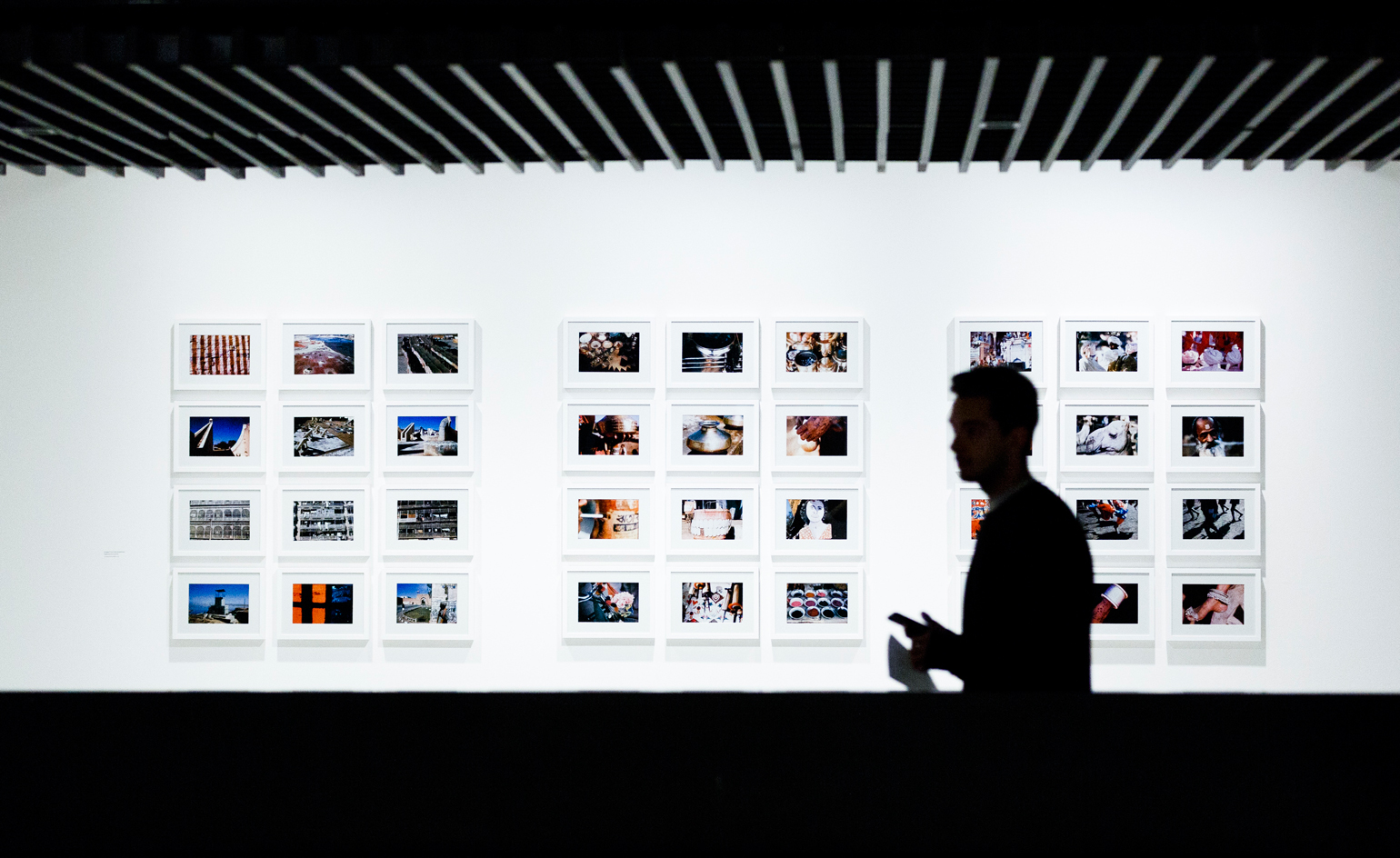
More of the duo's photographs are on display on the gallery's first floor.
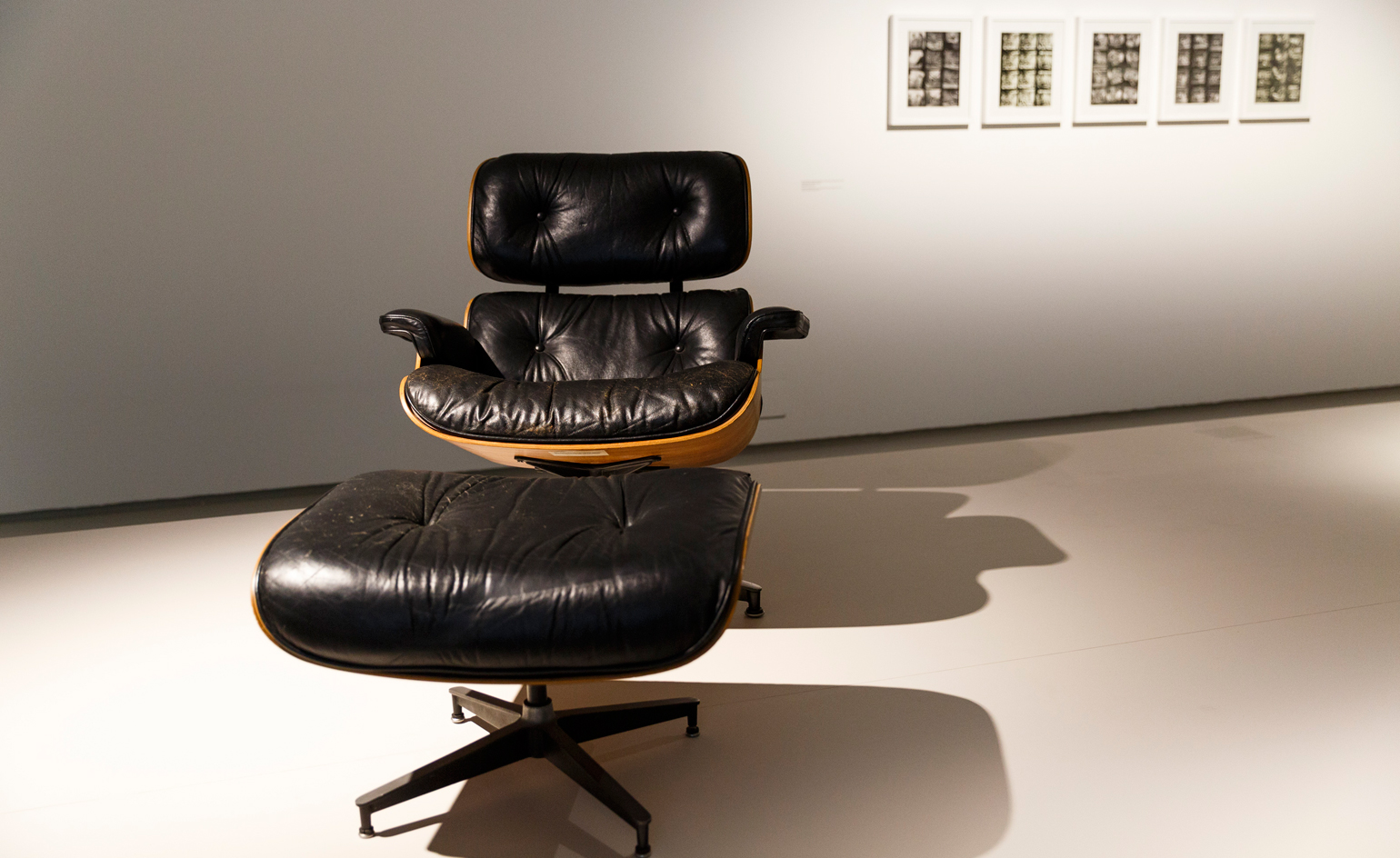
Such iconic pieces as the plywood 'Lounge' and 'Ottoman' are also on show.
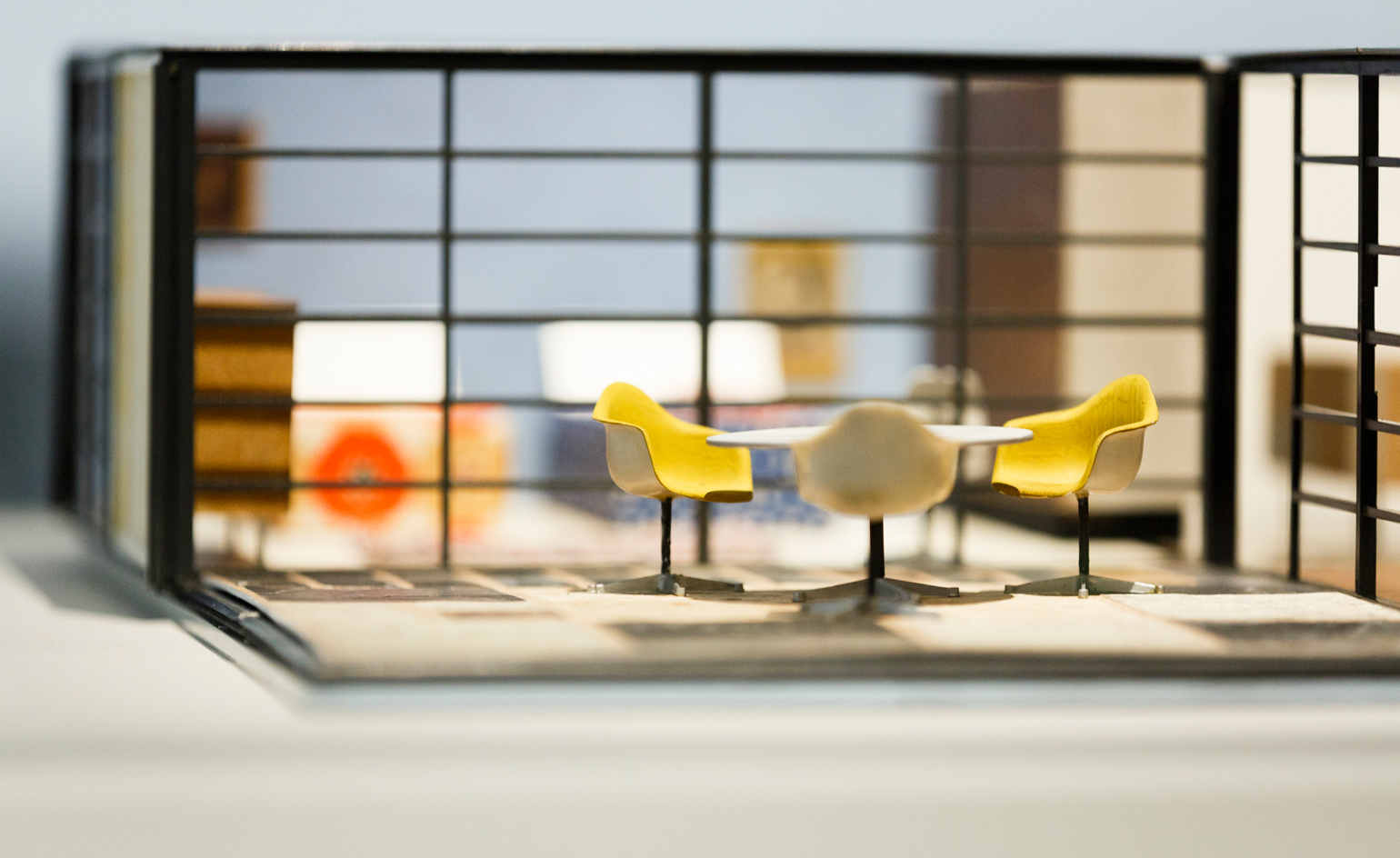
An image from one of the models on display, exemplifying the Eames' attitudes towards contemporary living.
Other important artifacts on display include a replica of a 1950s 'Musical Tower', a vertical xylophone played with a marble ball running through it and reproducing a 1965 Elmer Bernstein score. Photography: Antonio Camera
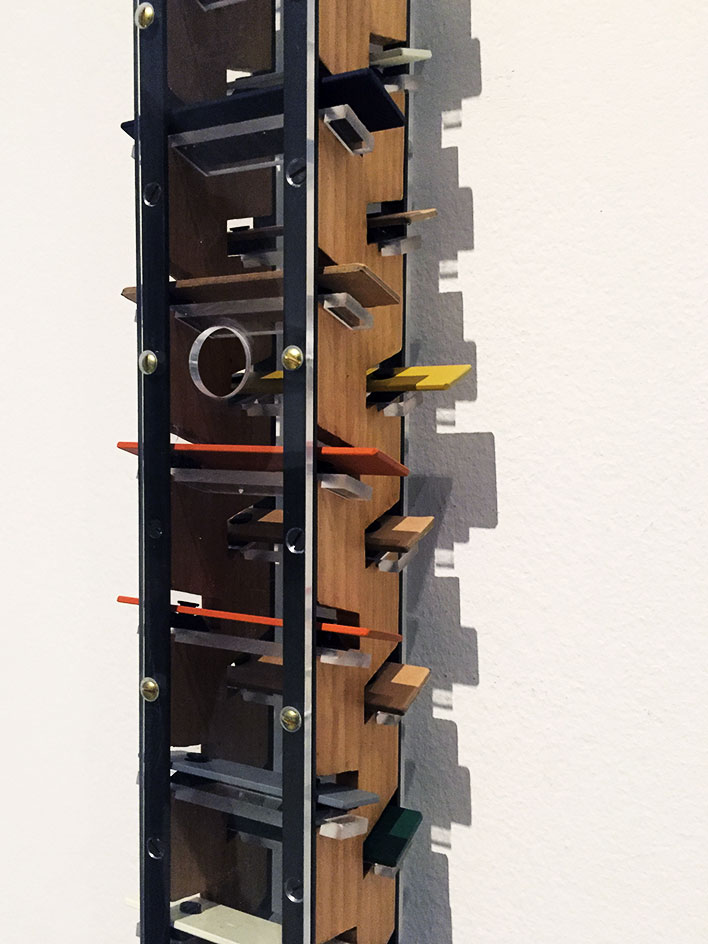
'There were two of those towers, and us grandchildren could usually get about 40 marbles going at once, which if you can imagine did not lead to more productivity here at the Eames office,’ recalls Eames Demetrios.
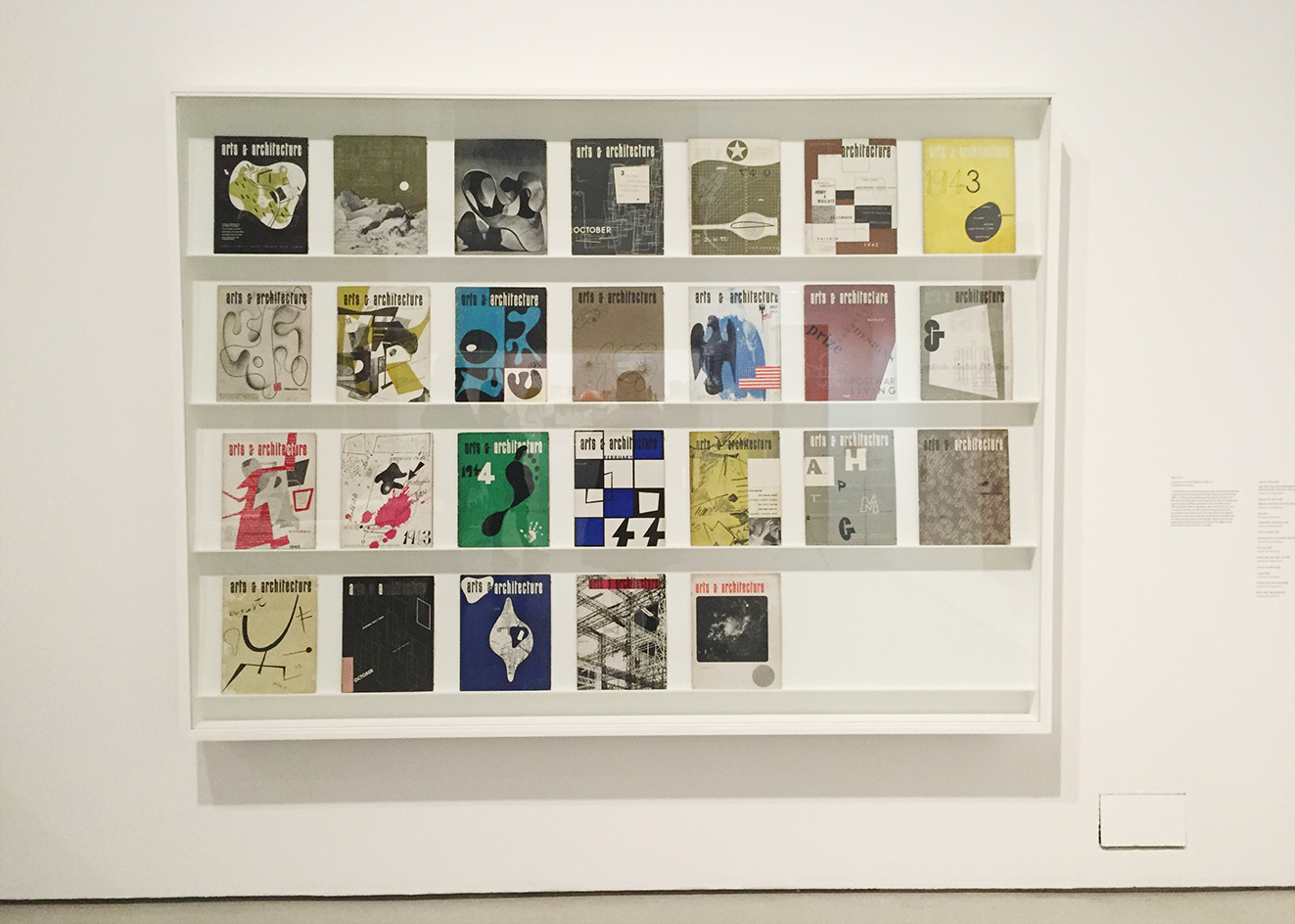
A collection of Arts & Architecture covers, designed by Ray Eames in the 1940s.
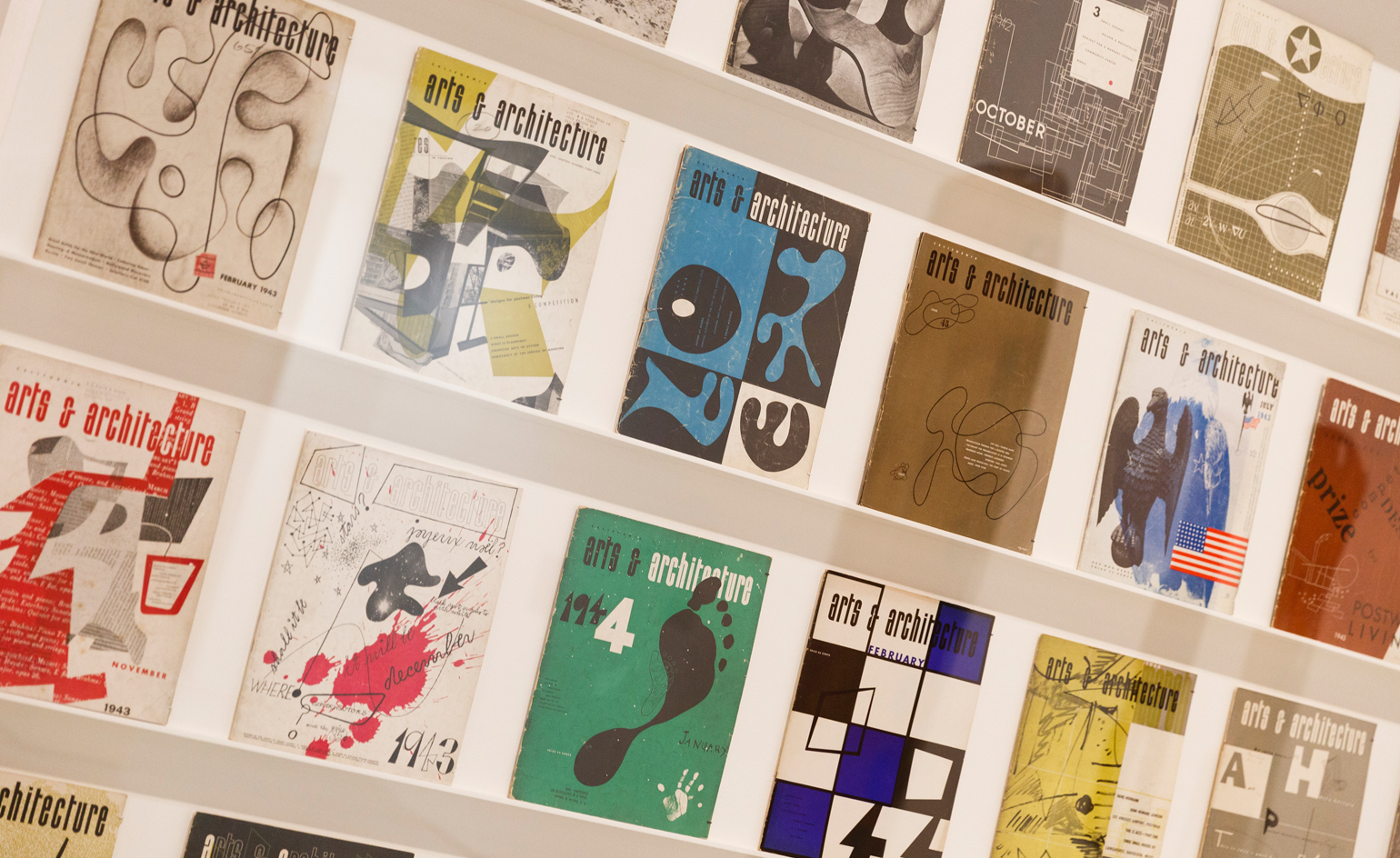
Ray Eames designed a total of 26 covers for the magazine between 1942 and 1947.
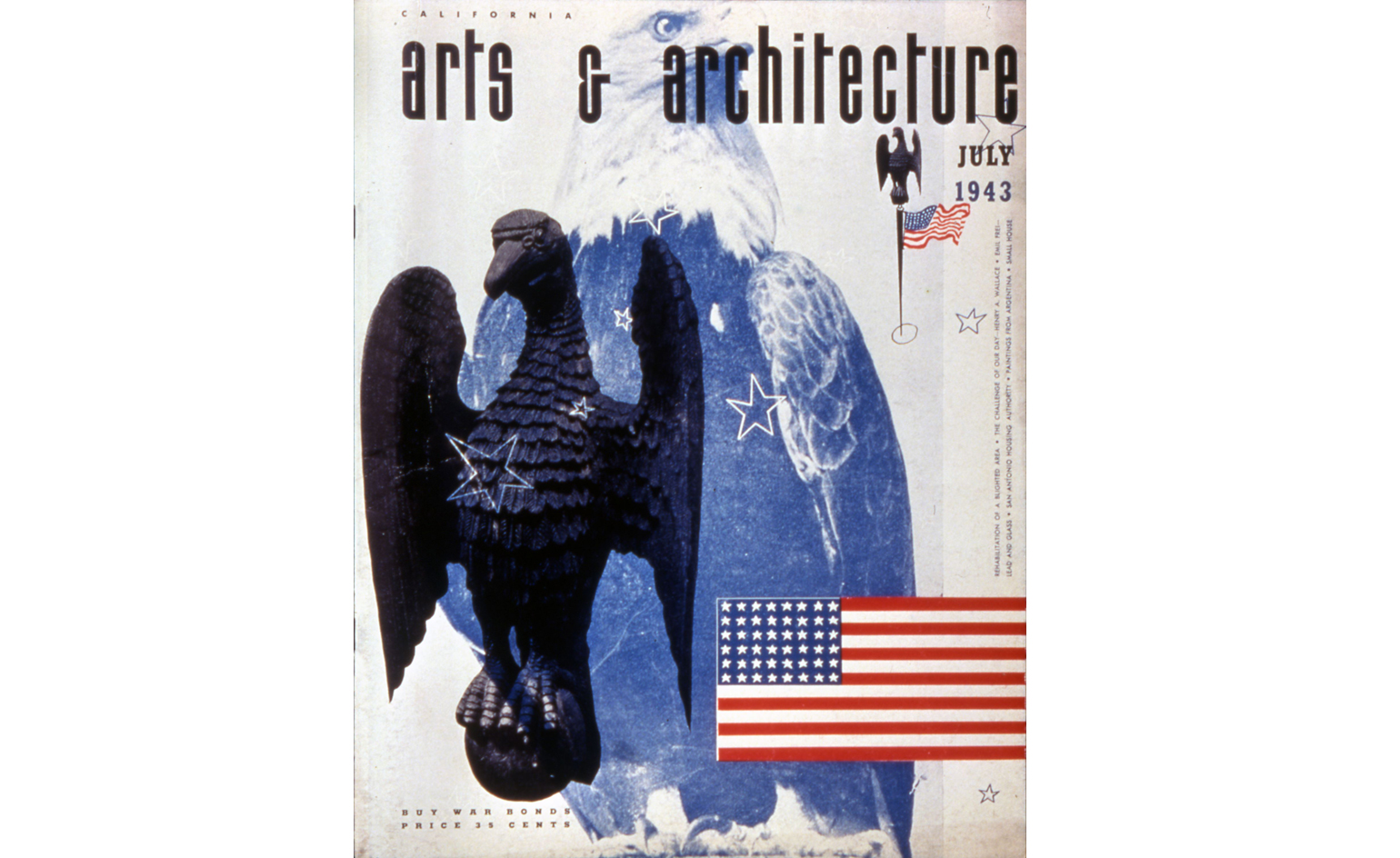
Cover for Arts & Architecture, July 1943.
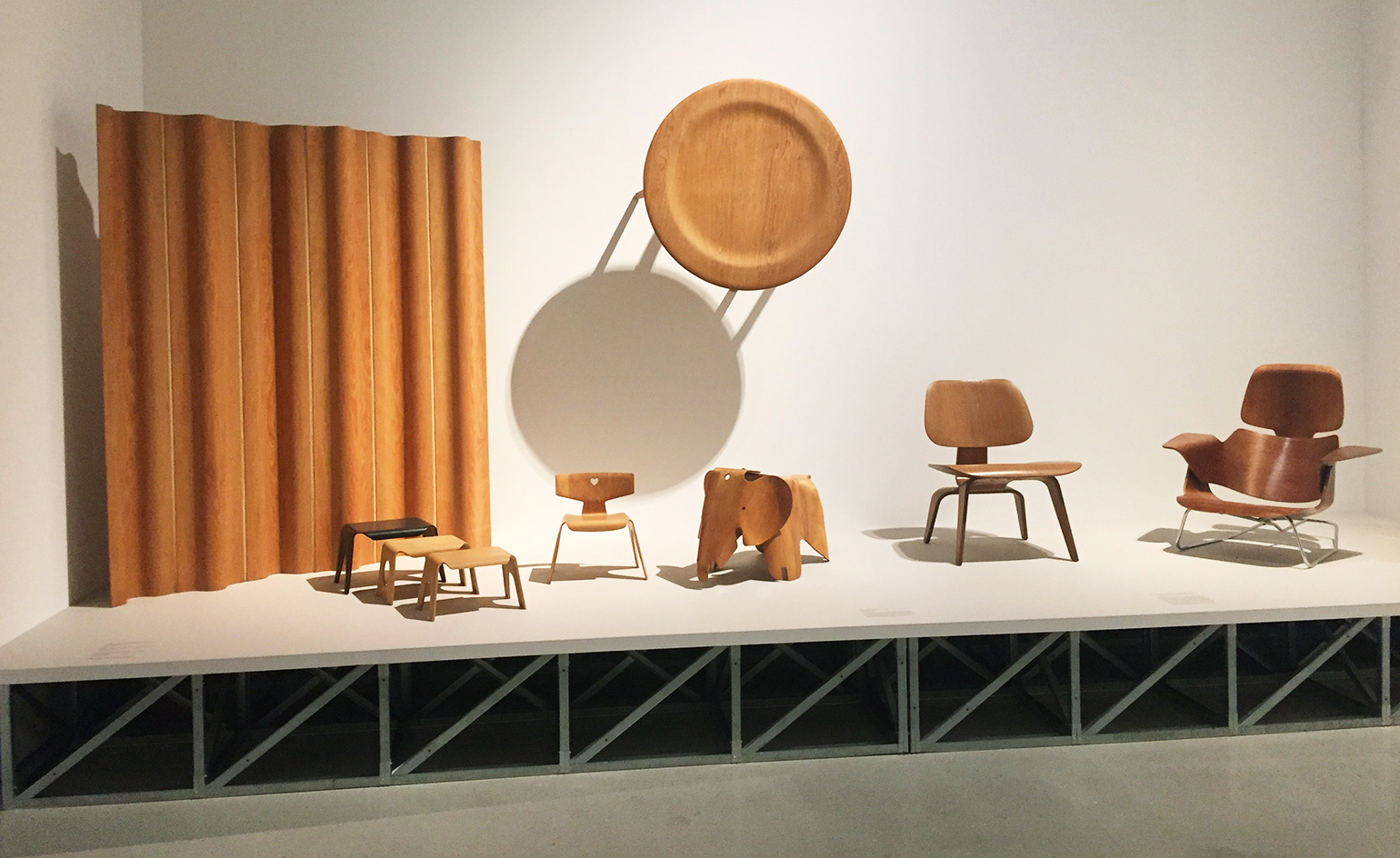
Early examples of the Eameses plywood experiments, including pieces still in production.
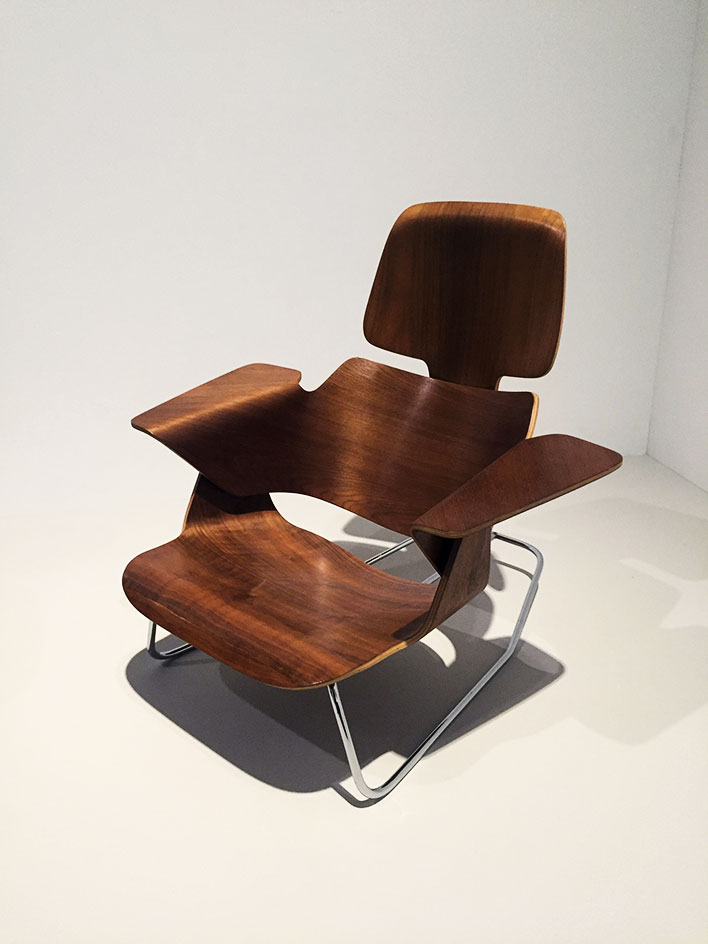
An early plywood chair design.
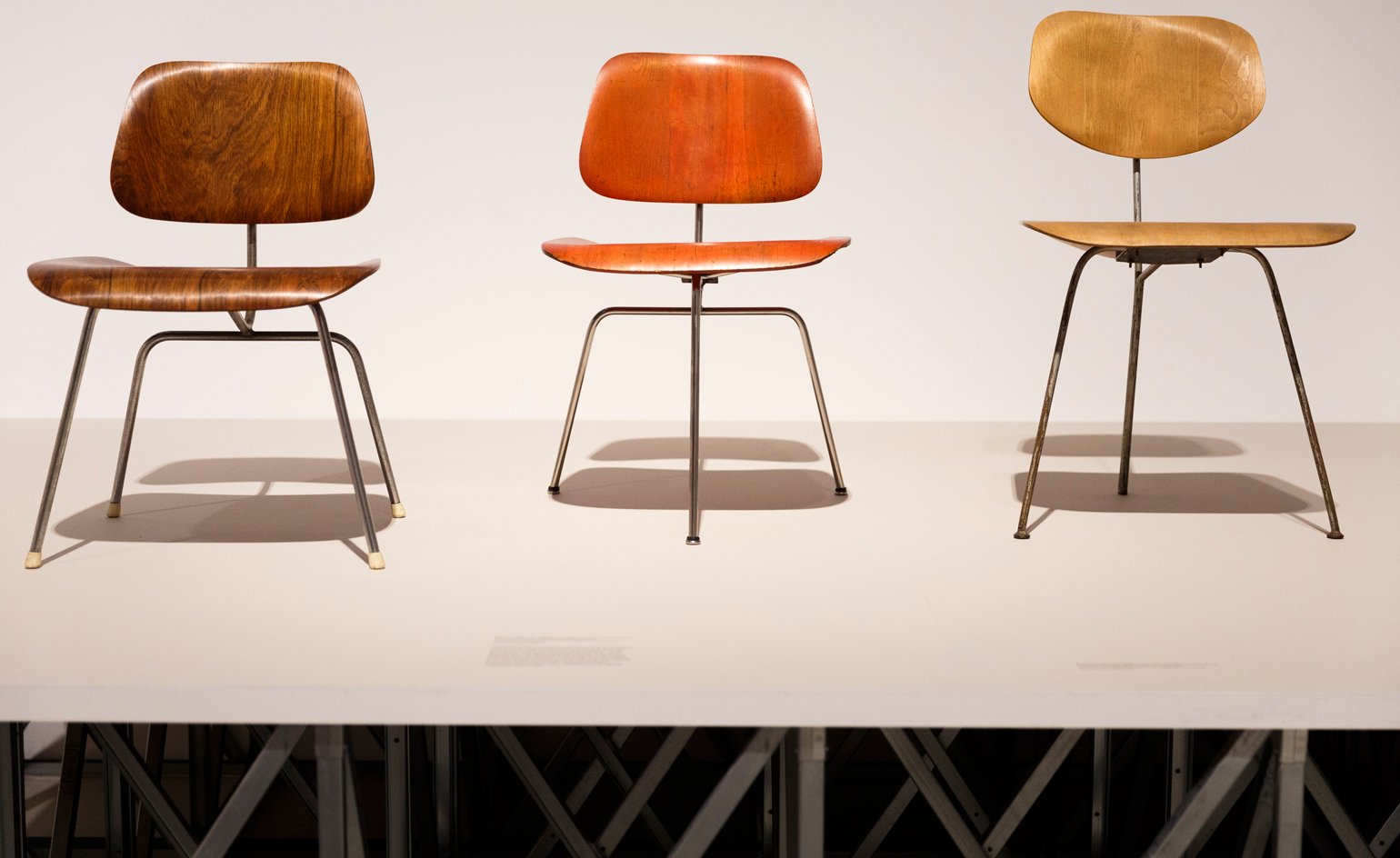
These plywood pieces are central to the designers' legacy.
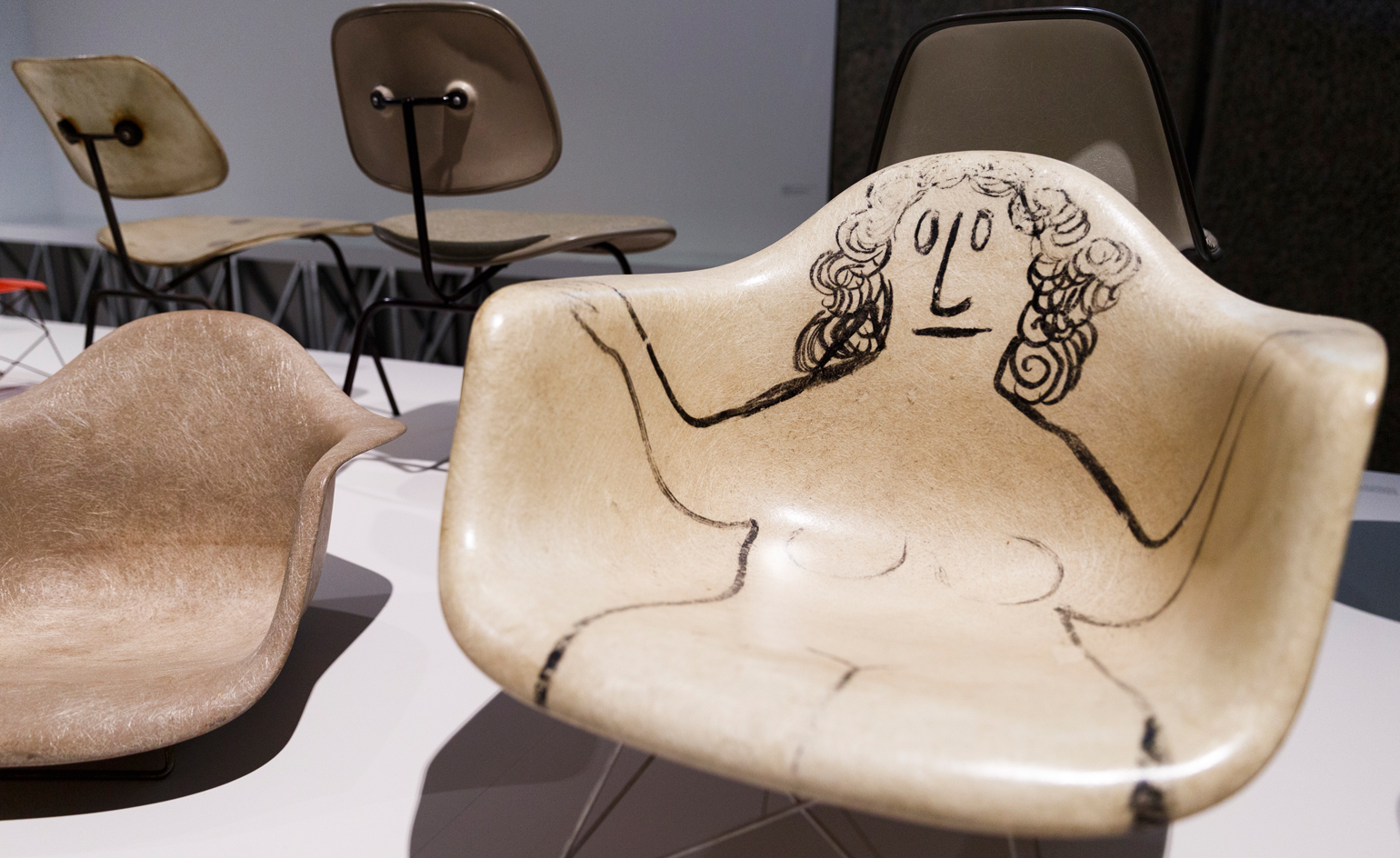
An artist's interpretation of the duo's shell armchair.
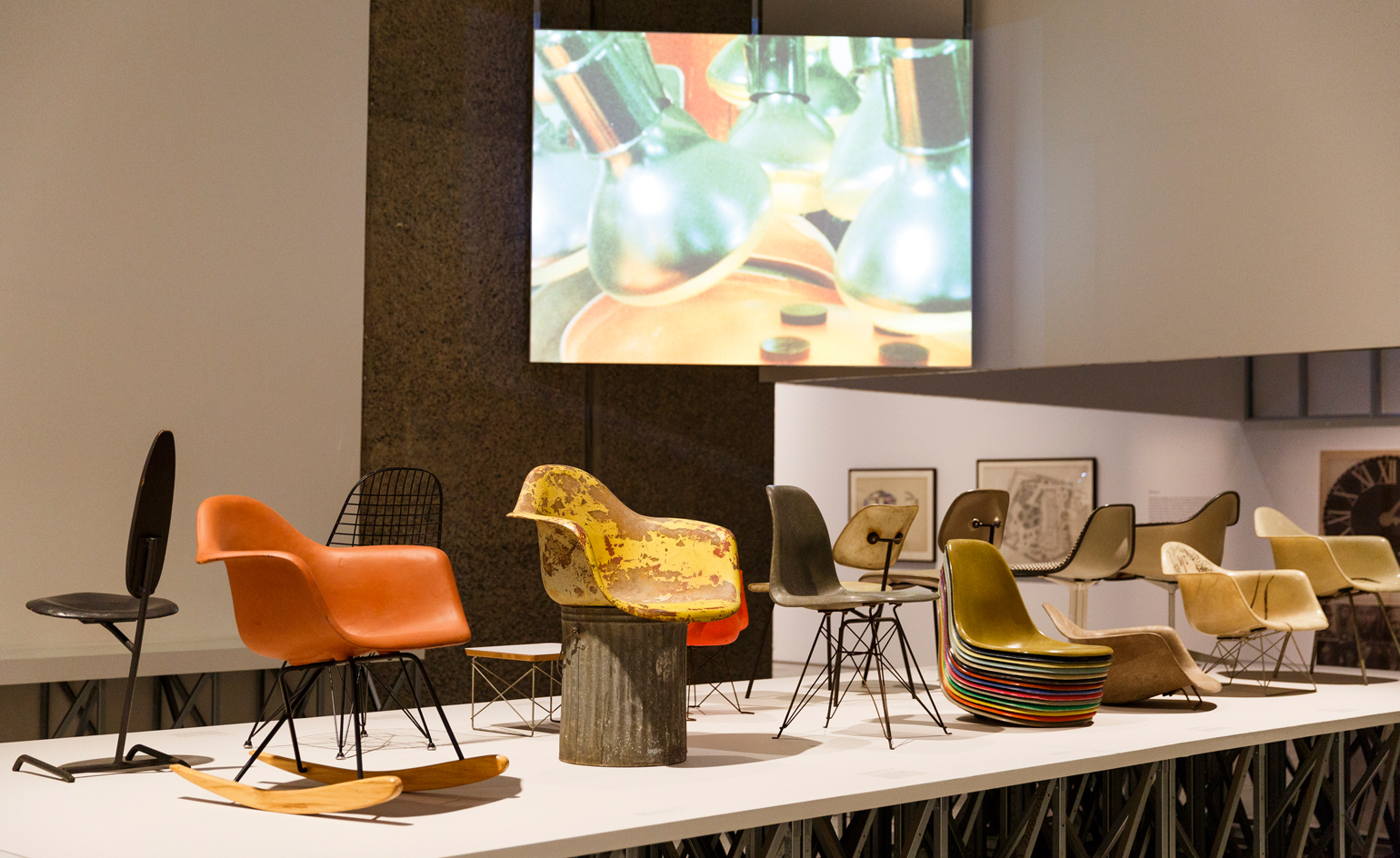
Early prototypes of famous Eames chair designs.
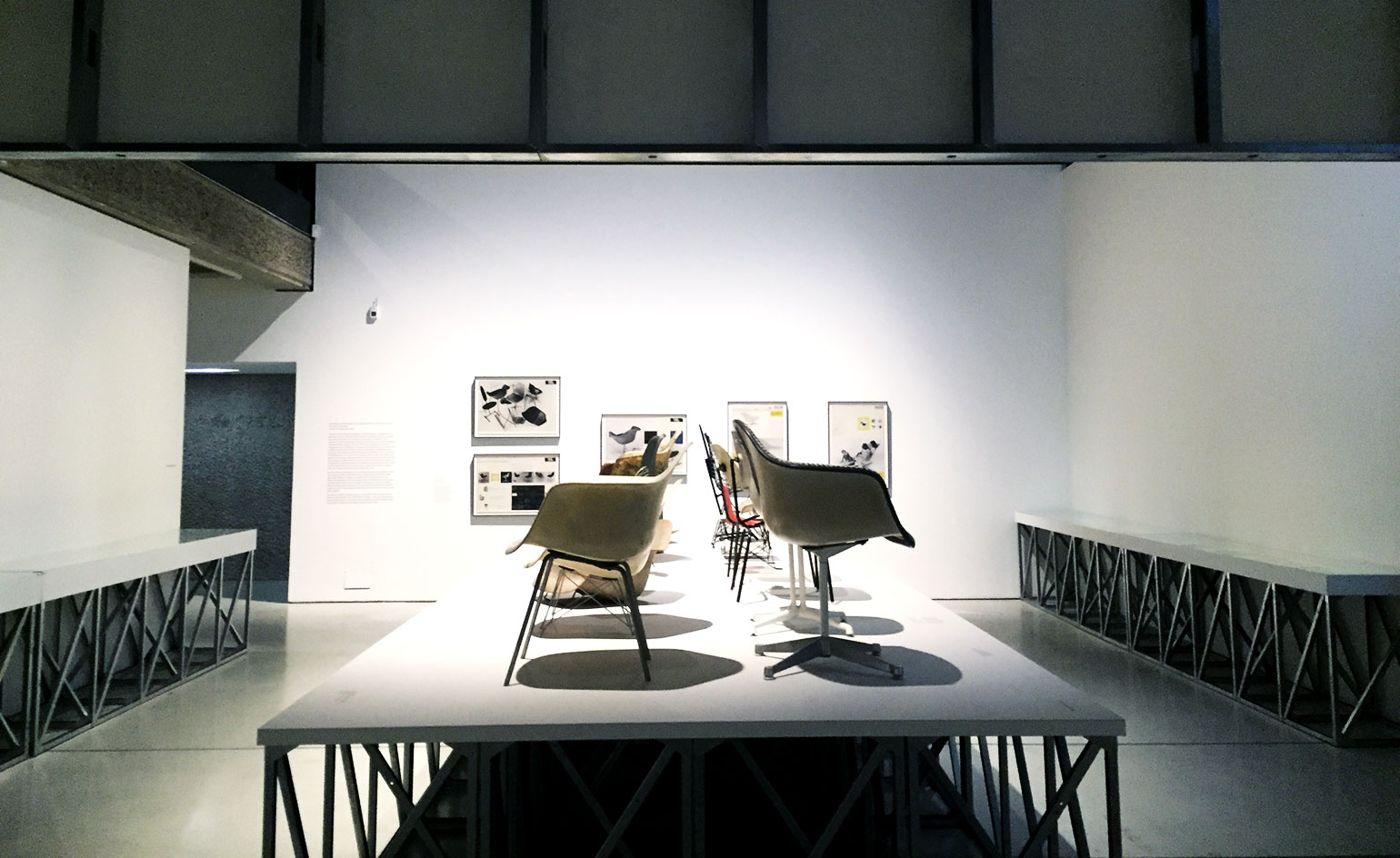
The exhibition design was curated by 6A architects and graphic designer John Morgan.

A collection of letters, photographs, found objects and creative experiments punctuates the show.
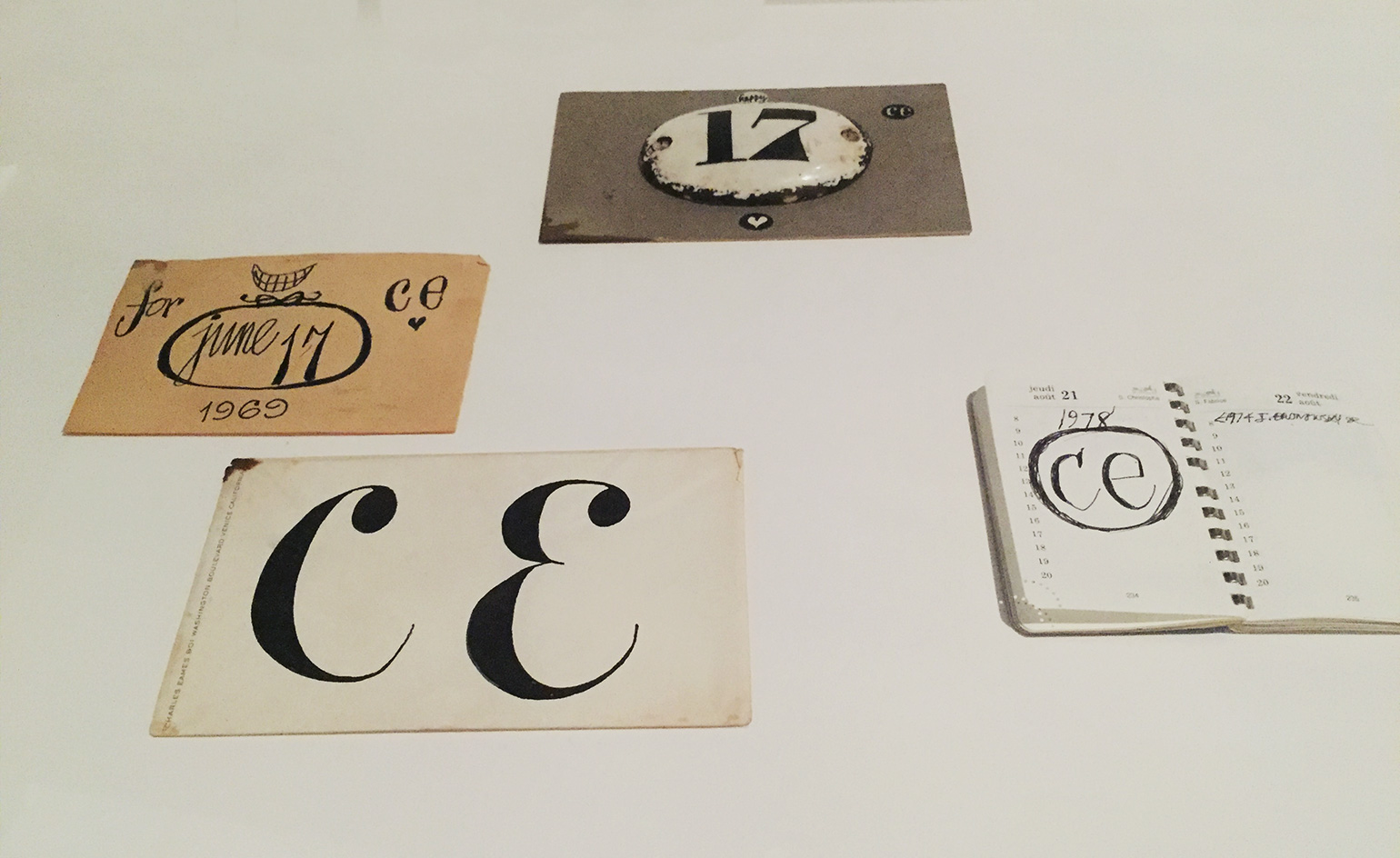
These pieces offer a precious and often poetic insight into the duo's intimate universe.
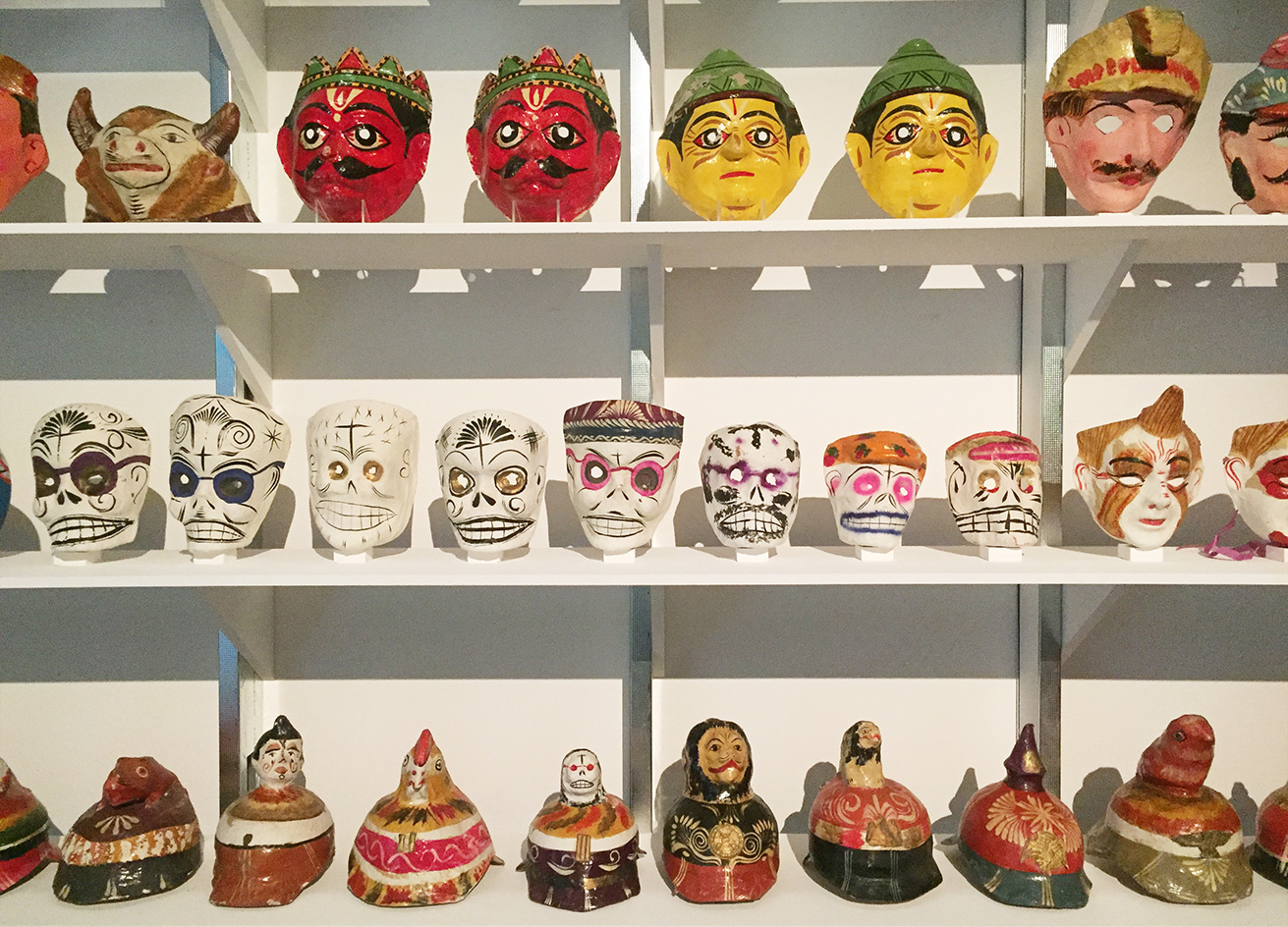
A collection of objects gathered through their travels and life, featuring in their films.
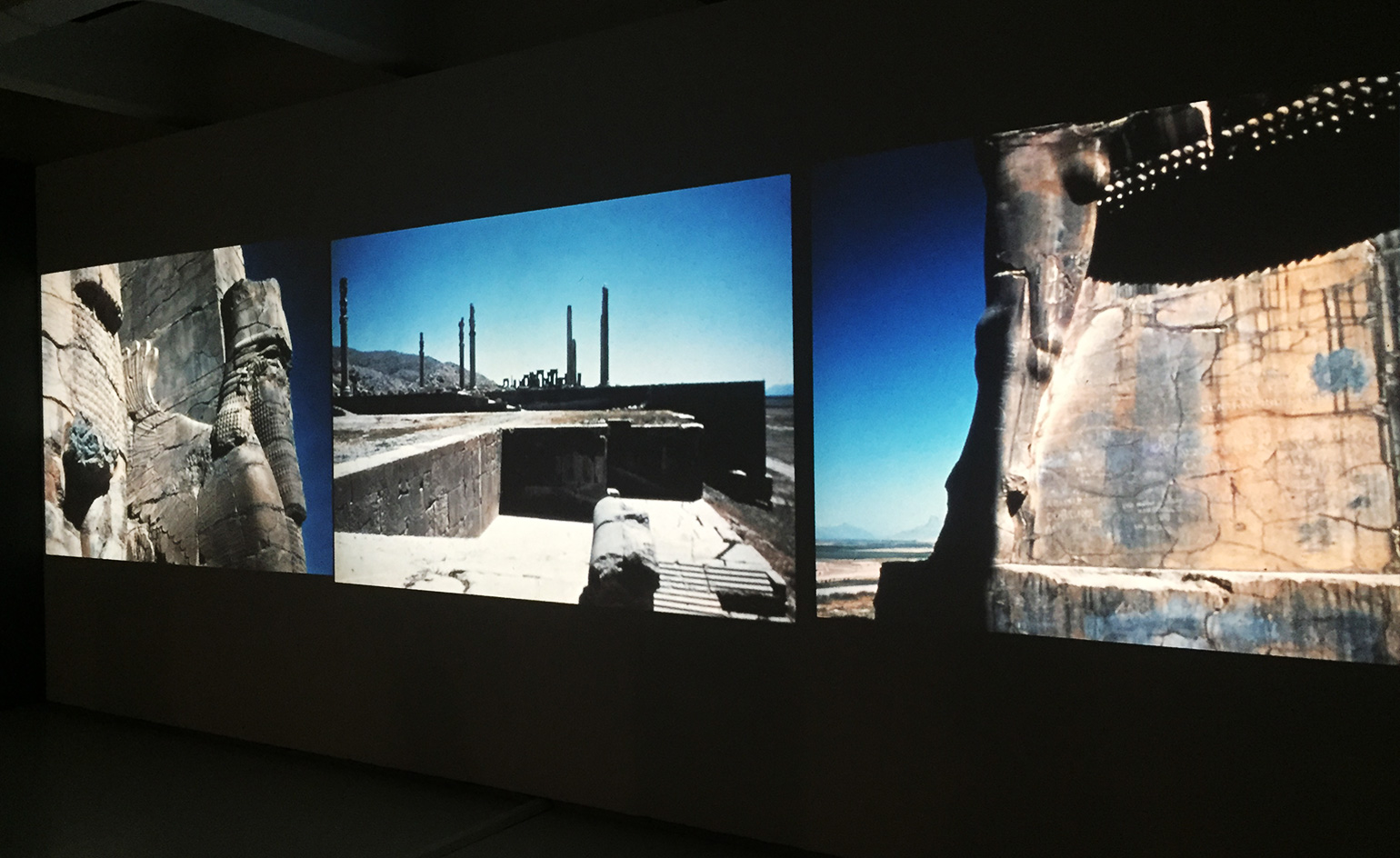
Stills from an Eames films.

A prototype of the Eames chaise, now part of the Herman Miller catalogue. The chair was originally made for film director Billy Wilder; Wilder used to take quick naps on a plank held up by sawhorses. So he asked Charles and Ray Eames, with whom he often collaborated and was friends with, to design him a narrow office couch.
INFORMATION
’The World of Charles and Ray Eames’ is on view until 14 February 2016. For more information, visit the Barbican
ADDRESS
Barbican Centre
Silk Street
London, EC2Y 8DS
Rosa Bertoli was born in Udine, Italy, and now lives in London. Since 2014, she has been the Design Editor of Wallpaper*, where she oversees design content for the print and online editions, as well as special editorial projects. Through her role at Wallpaper*, she has written extensively about all areas of design. Rosa has been speaker and moderator for various design talks and conferences including London Craft Week, Maison & Objet, The Italian Cultural Institute (London), Clippings, Zaha Hadid Design, Kartell and Frieze Art Fair. Rosa has been on judging panels for the Chart Architecture Award, the Dutch Design Awards and the DesignGuild Marks. She has written for numerous English and Italian language publications, and worked as a content and communication consultant for fashion and design brands.
-
 What not to miss at Frieze New York 2025
What not to miss at Frieze New York 2025Frieze New York 2025 runs 7-11 May, showcasing over 65 galleries from more than 25 countries; from $250 plates by leading artists to quirky performances, here’s what not to miss
-
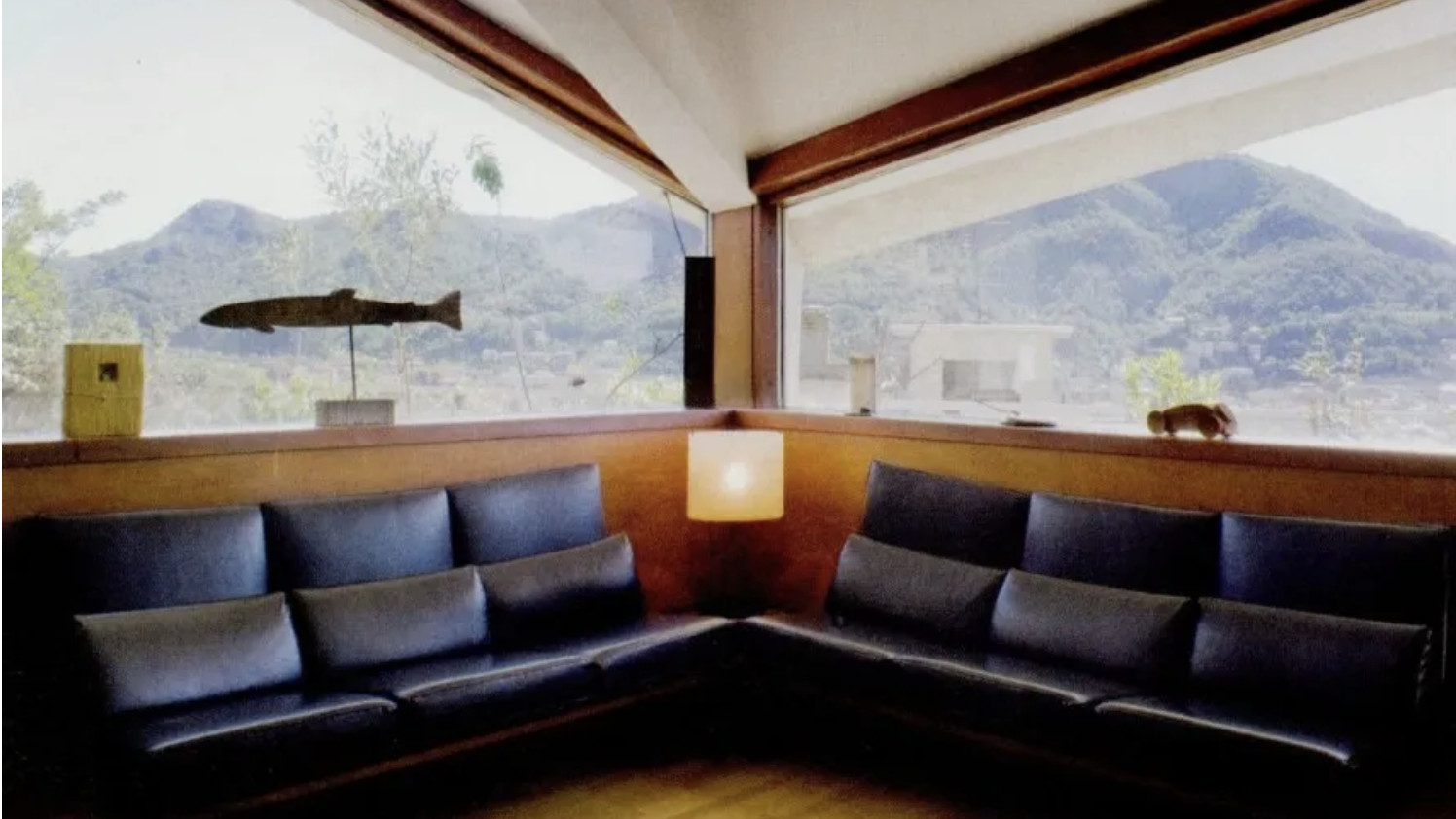 Discover architect Ico Parisi’s modernist sanctuaries on the banks of Lake Como
Discover architect Ico Parisi’s modernist sanctuaries on the banks of Lake ComoA string of sculptural sanctuaries by architect Ico Parisi on the banks of Lake Como helped cement the area as the heartland of Italian modernism; we explore his work in an article from the Wallpaper* archives
-
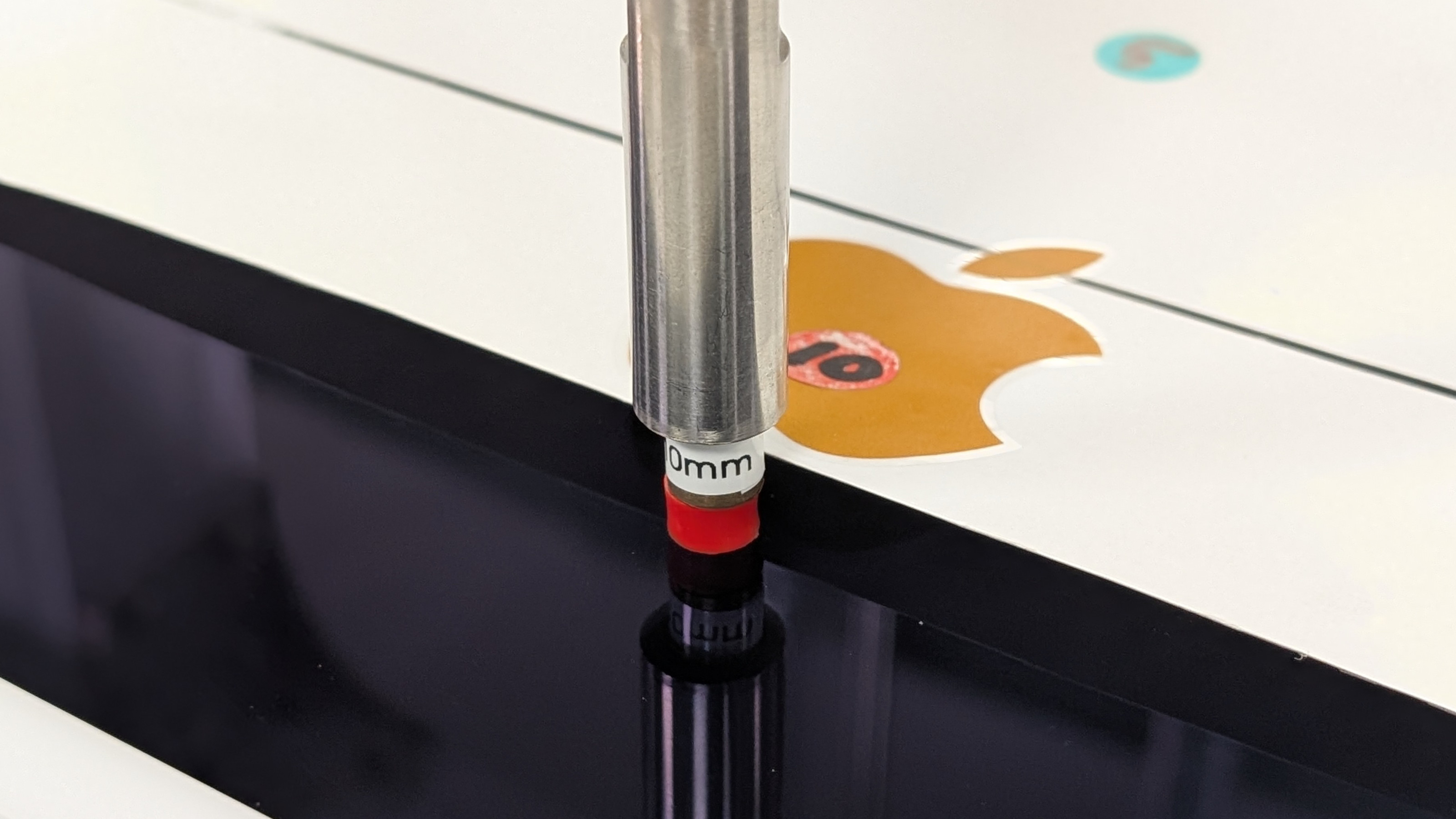 Under pressure: Apple applies skill, science and true grit to get the most out of its electronics
Under pressure: Apple applies skill, science and true grit to get the most out of its electronicsApple’s Cork HQ is home to a sophisticated R&D lab. Wallpaper* took a tour behind the scenes to see how longevity is baked in to new products
-
 'Toys and games are the preludes to serious ideas': inside the Eames' toy collection
'Toys and games are the preludes to serious ideas': inside the Eames' toy collection'Toys and Play' is a virtual showcase from The Eames Institute of Infinite Curiosity, illustrating the toys that inspired Ray and Charles Eames throughout their careers
-
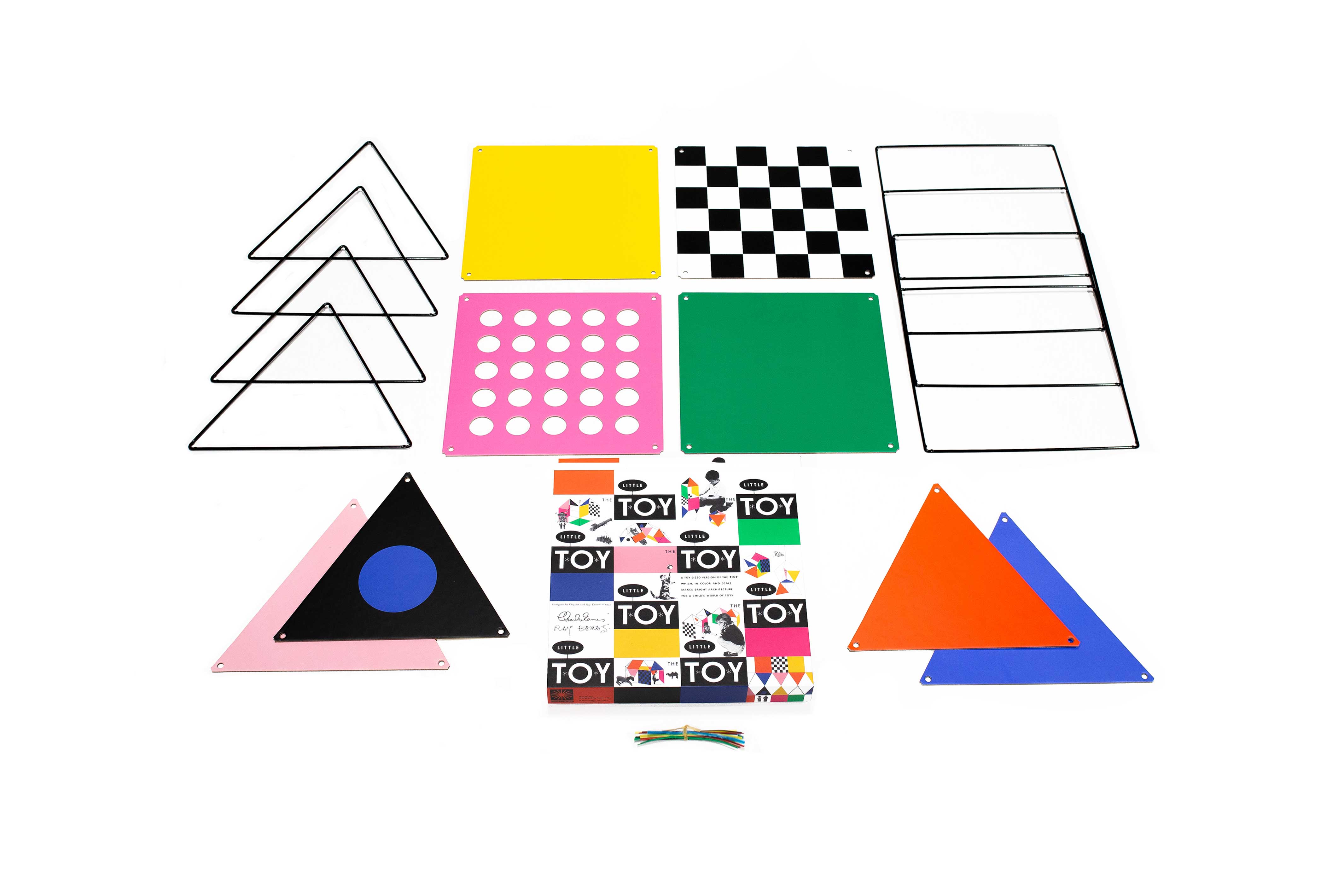 Eames Little Toy offers myriad possibilities to build and play
Eames Little Toy offers myriad possibilities to build and playThe reissue of Eames Little Toy is an open-ended invitation to build, expanding the legacy of Ray and Charles Eames
-
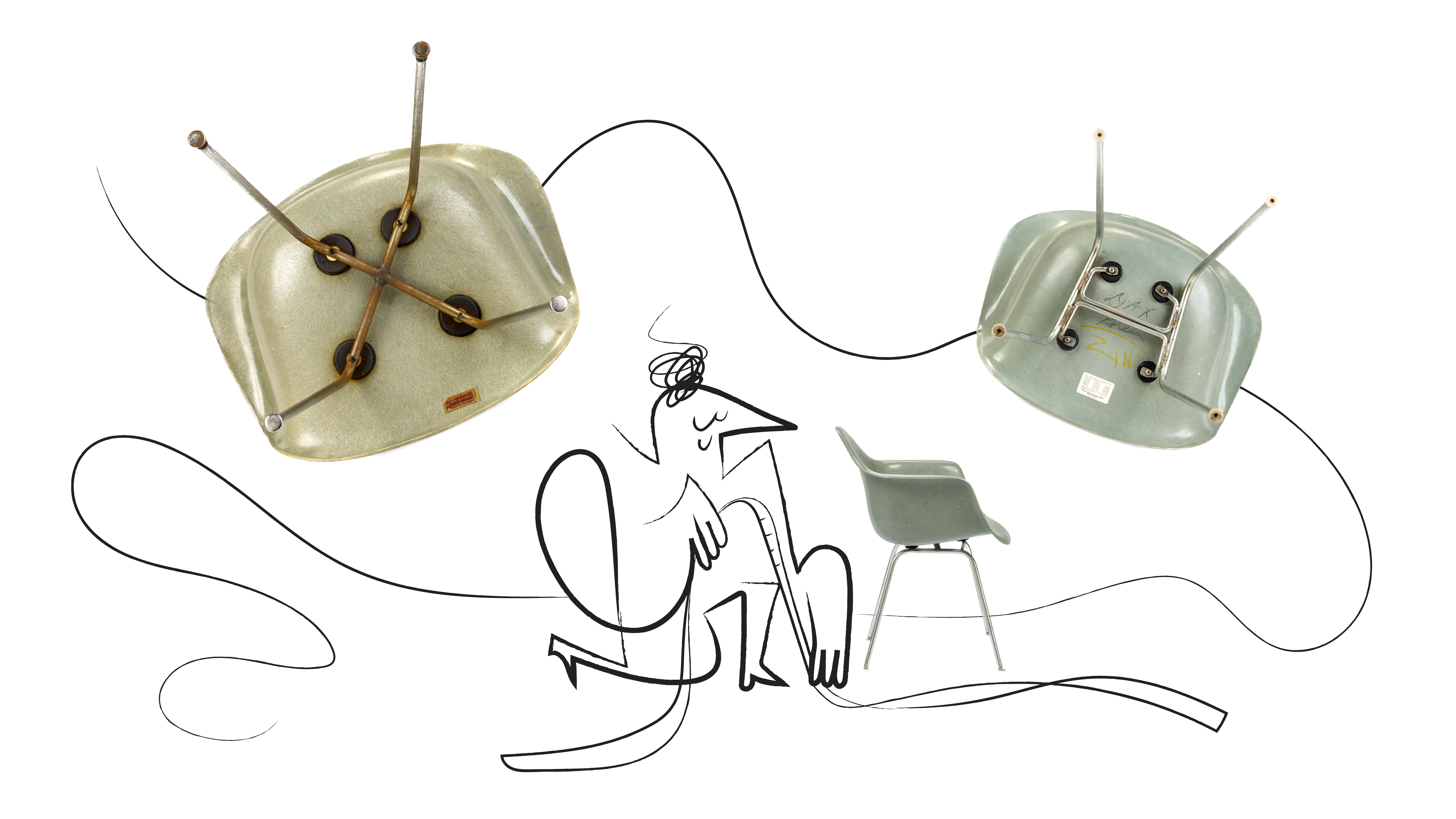 Expert tips for collecting Eames furniture
Expert tips for collecting Eames furnitureAn Eames of Your Own is The Eames Institute of Infinite Curiosity’s latest guide, offering top tips for aspiring collectors of Eames furniture designs
-
 Dine on an Eames table at Oakland’s Snail Bar
Dine on an Eames table at Oakland’s Snail Bar‘Tables! Tables! Tables!’ is an Eames Institute pop-up (until 12 June 2023) at Oakland’s Snail Bar, celebrating the link between food and design
-
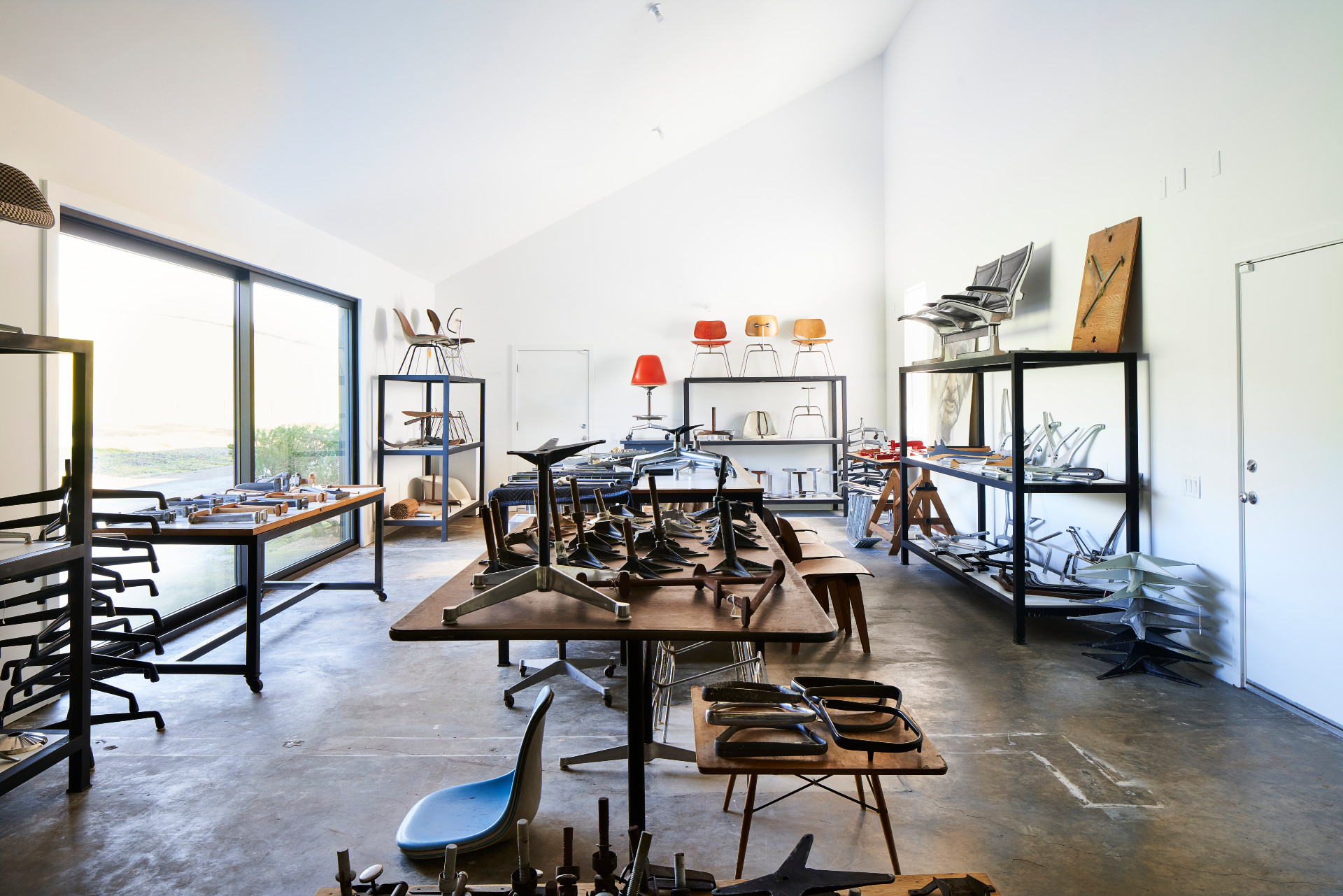 Eames Institute of Infinite Curiosity celebrates a pioneering design legacy
Eames Institute of Infinite Curiosity celebrates a pioneering design legacyLaunched by the designers’ granddaughter Llisa Demetrios and Airbnb co-founder Joe Gebbia, the digital portal makes Charles and Ray Eames’ processes and works available to all
-
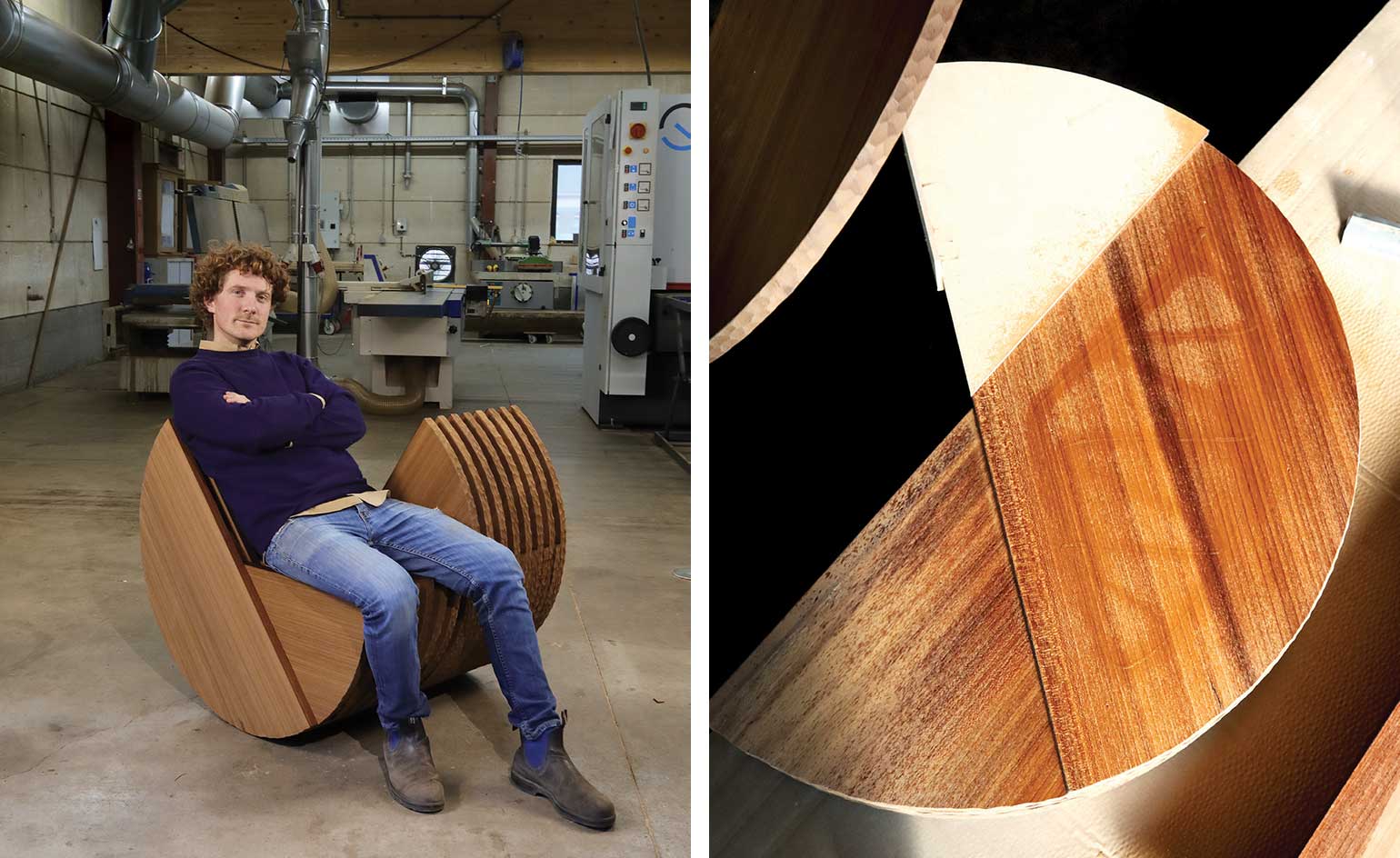 Pitch perfect: ‘Love Rocker’, by Owen Bullett Studio and Heerenhuis
Pitch perfect: ‘Love Rocker’, by Owen Bullett Studio and HeerenhuisFor Wallpaper* Handmade X, sculptor Owen Bullett and table manufacturers Heerenhuis devised a rocking chair for two
-
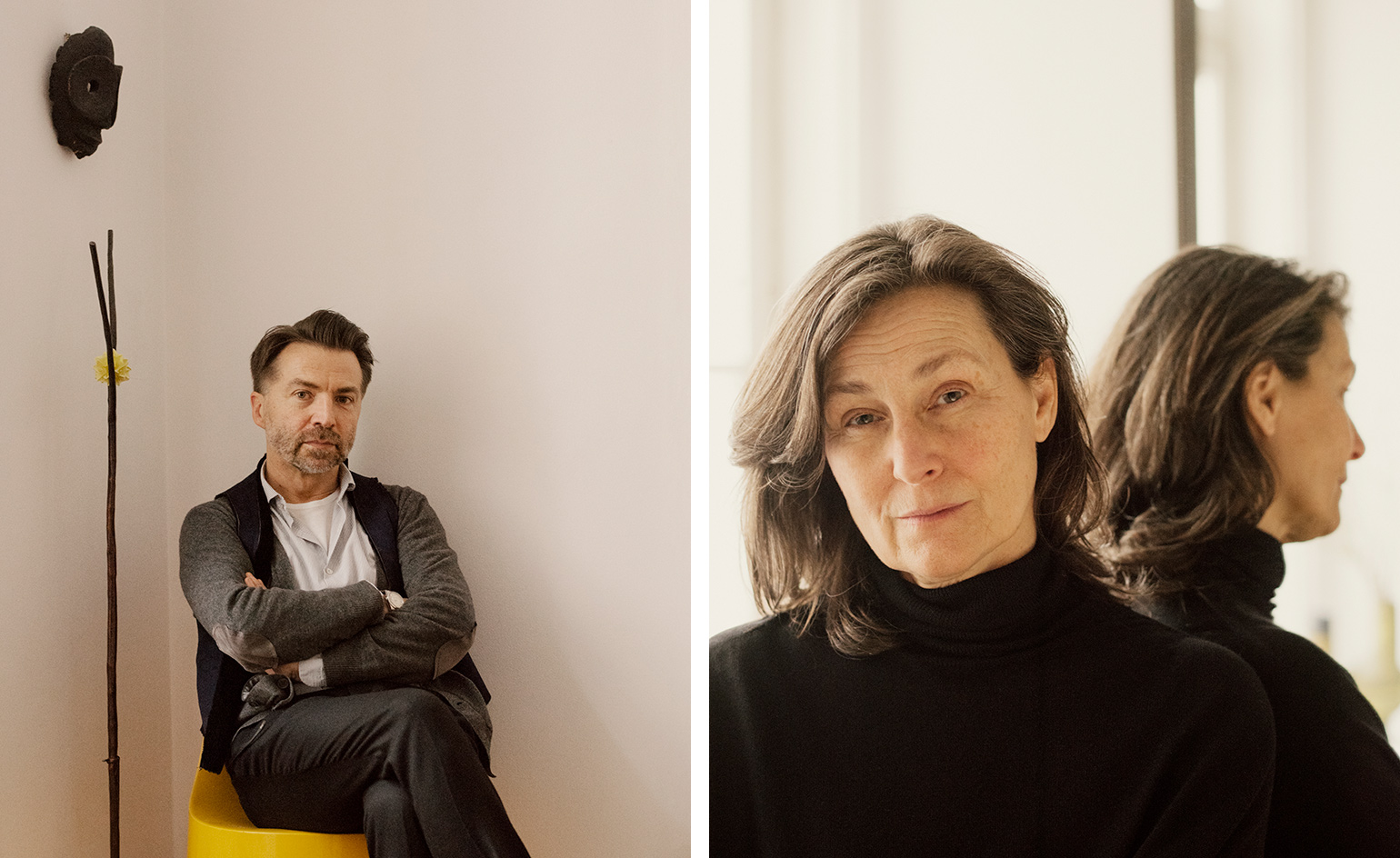 Meet the designers giving traditional European craft an unexpected contemporary edge
Meet the designers giving traditional European craft an unexpected contemporary edge -
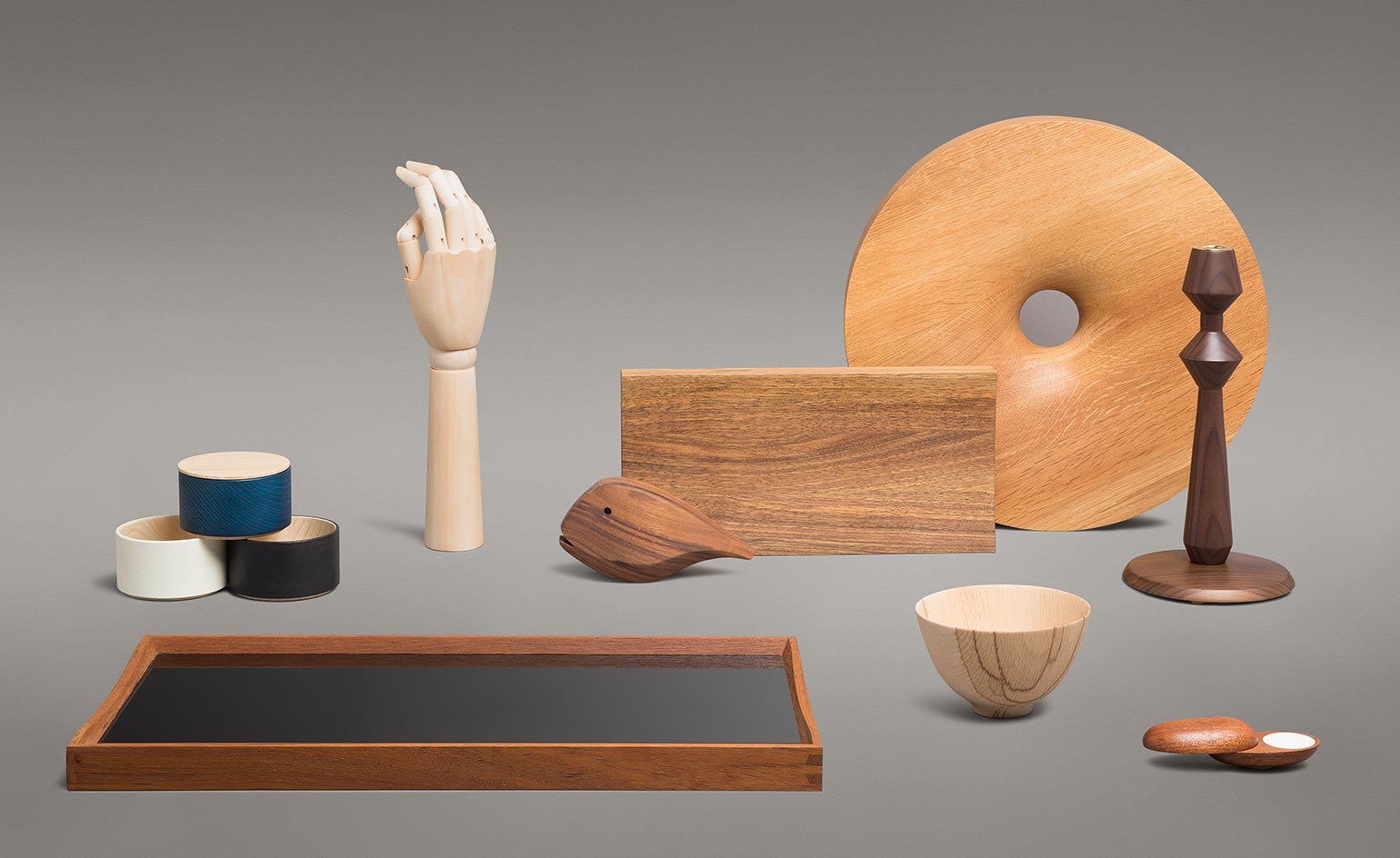 Tactile treasures: Picky Nicky's favourite wooden buys
Tactile treasures: Picky Nicky's favourite wooden buysPicky Nicky selects his products of the week – a selection of wooden wonders – from WallpaperSTORE*, our very own creative market place for design